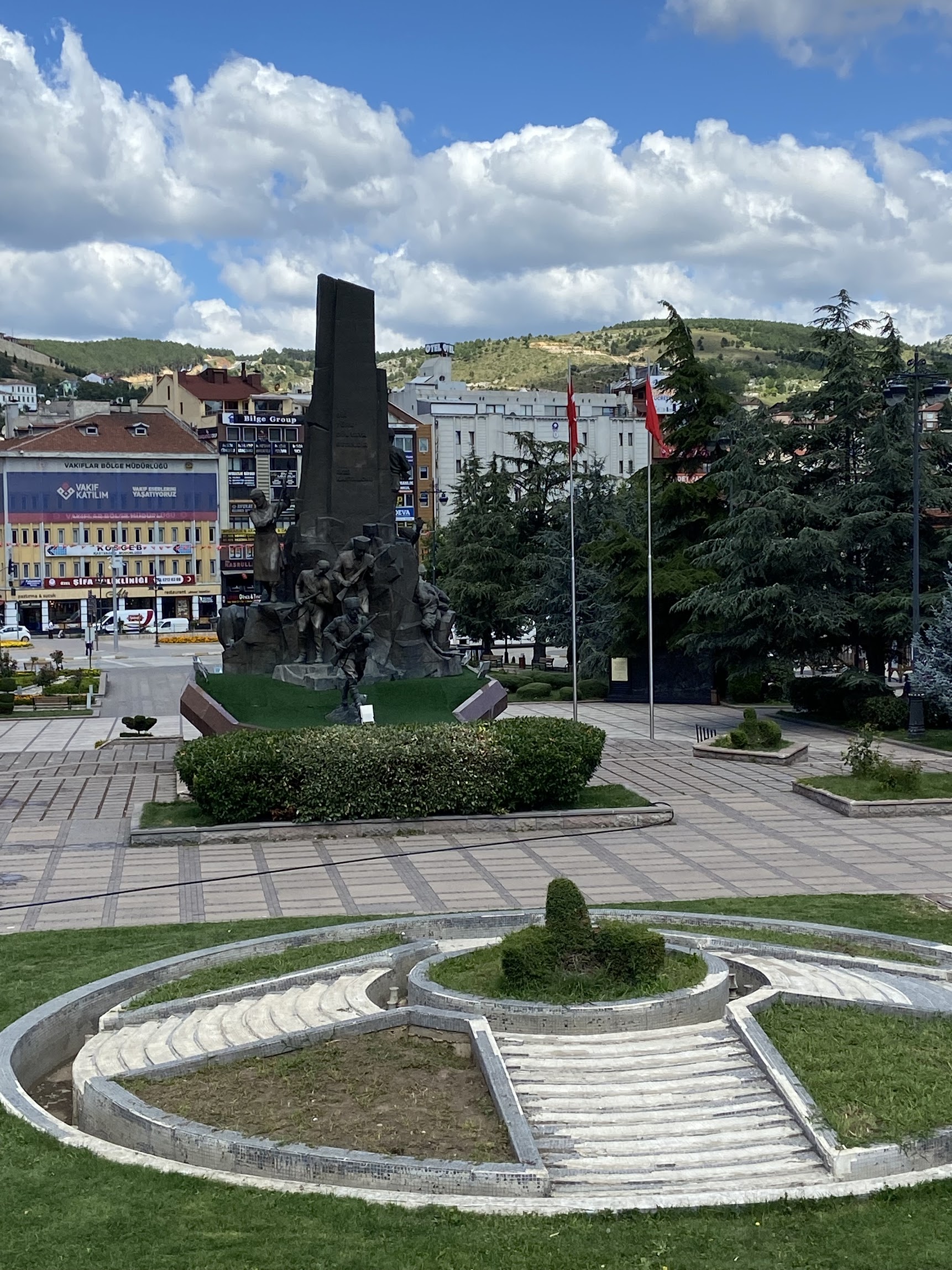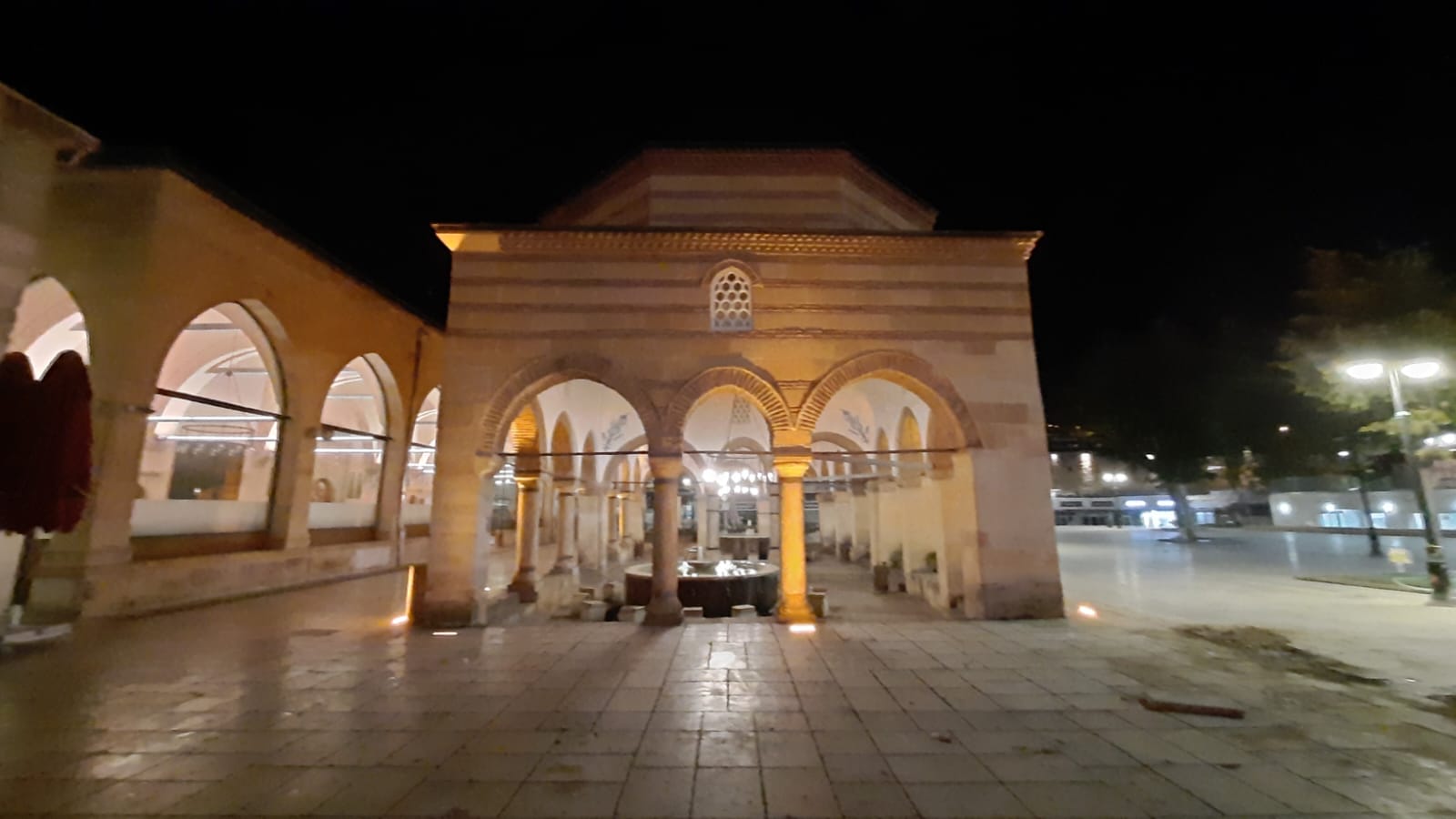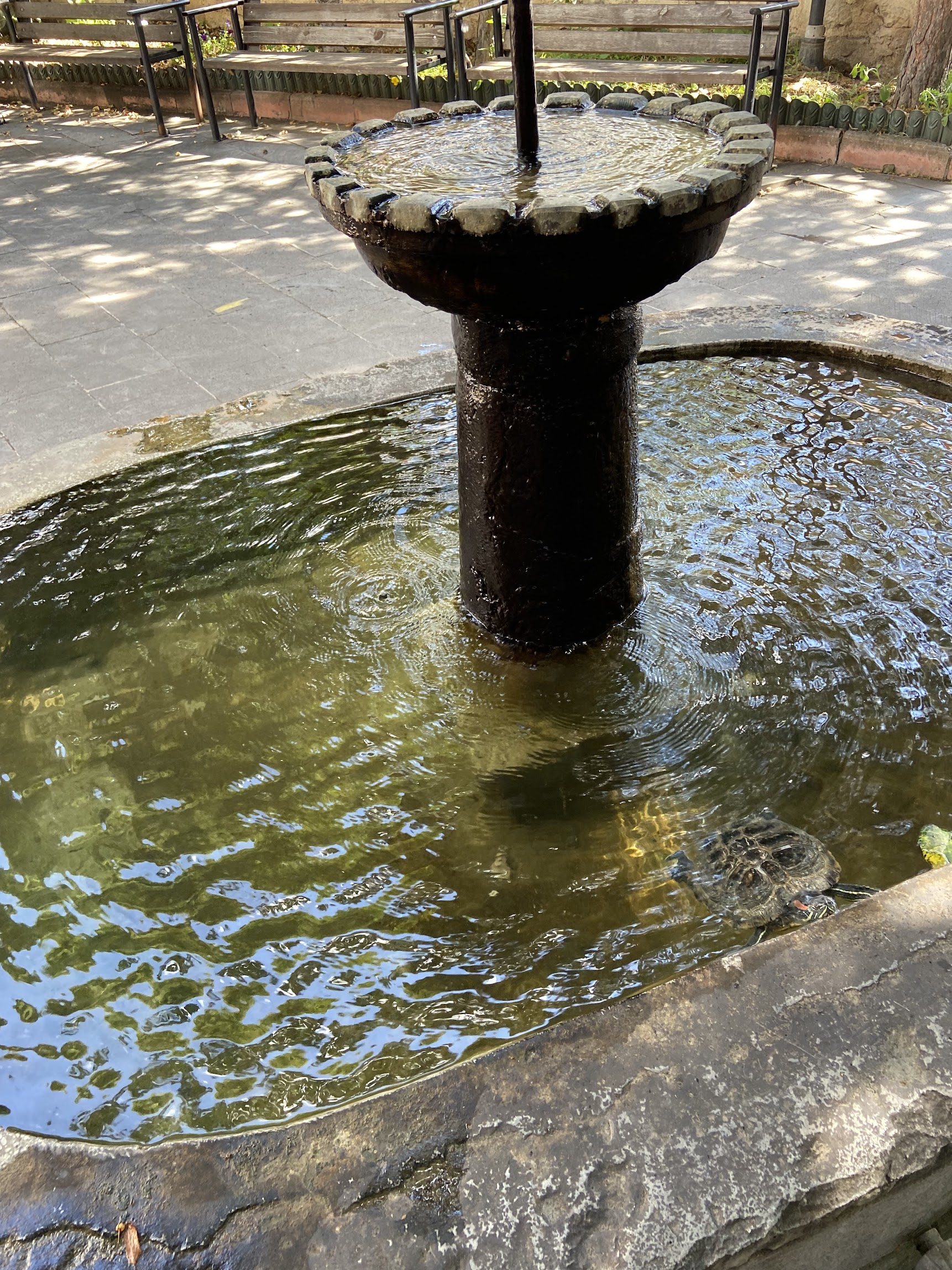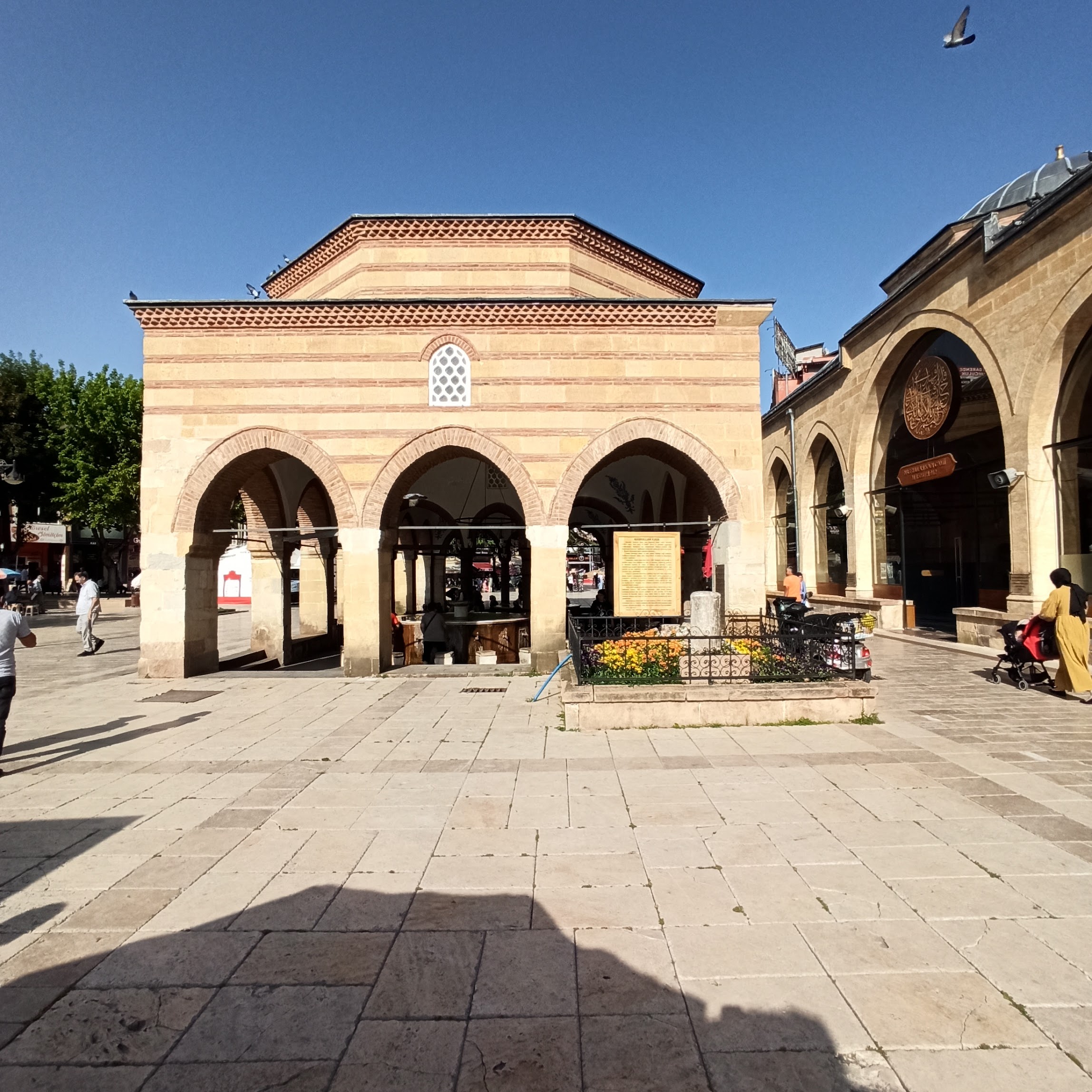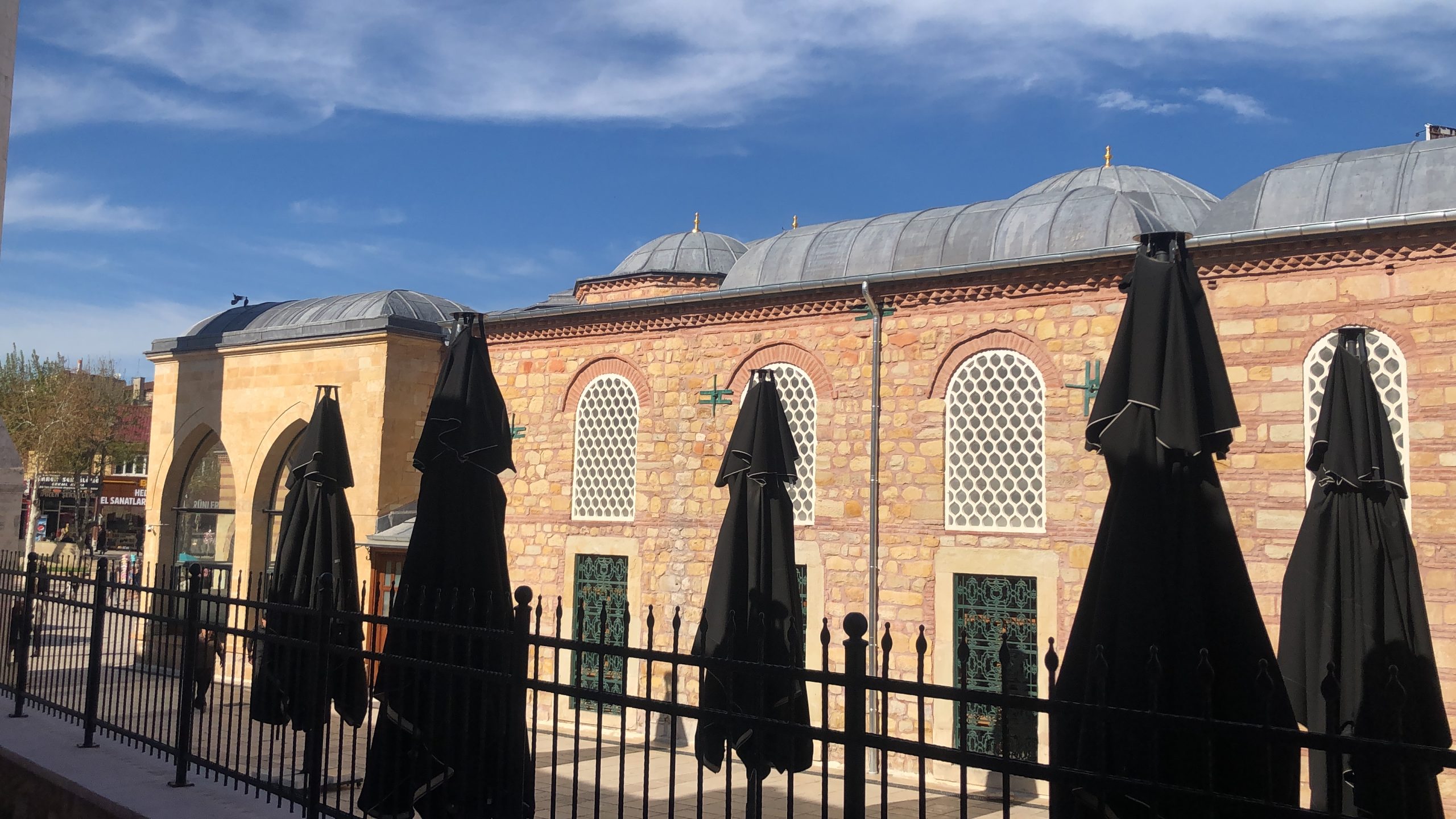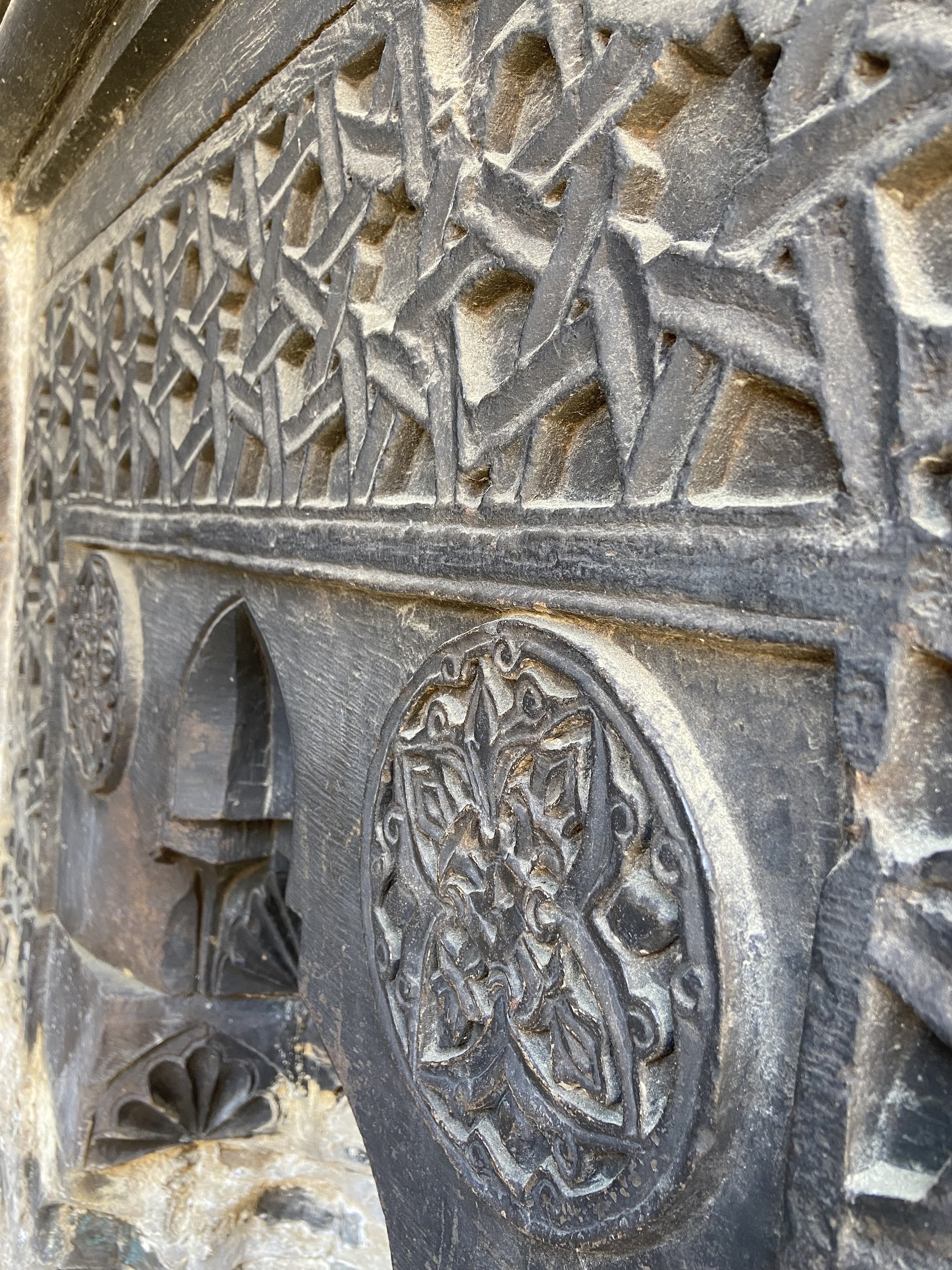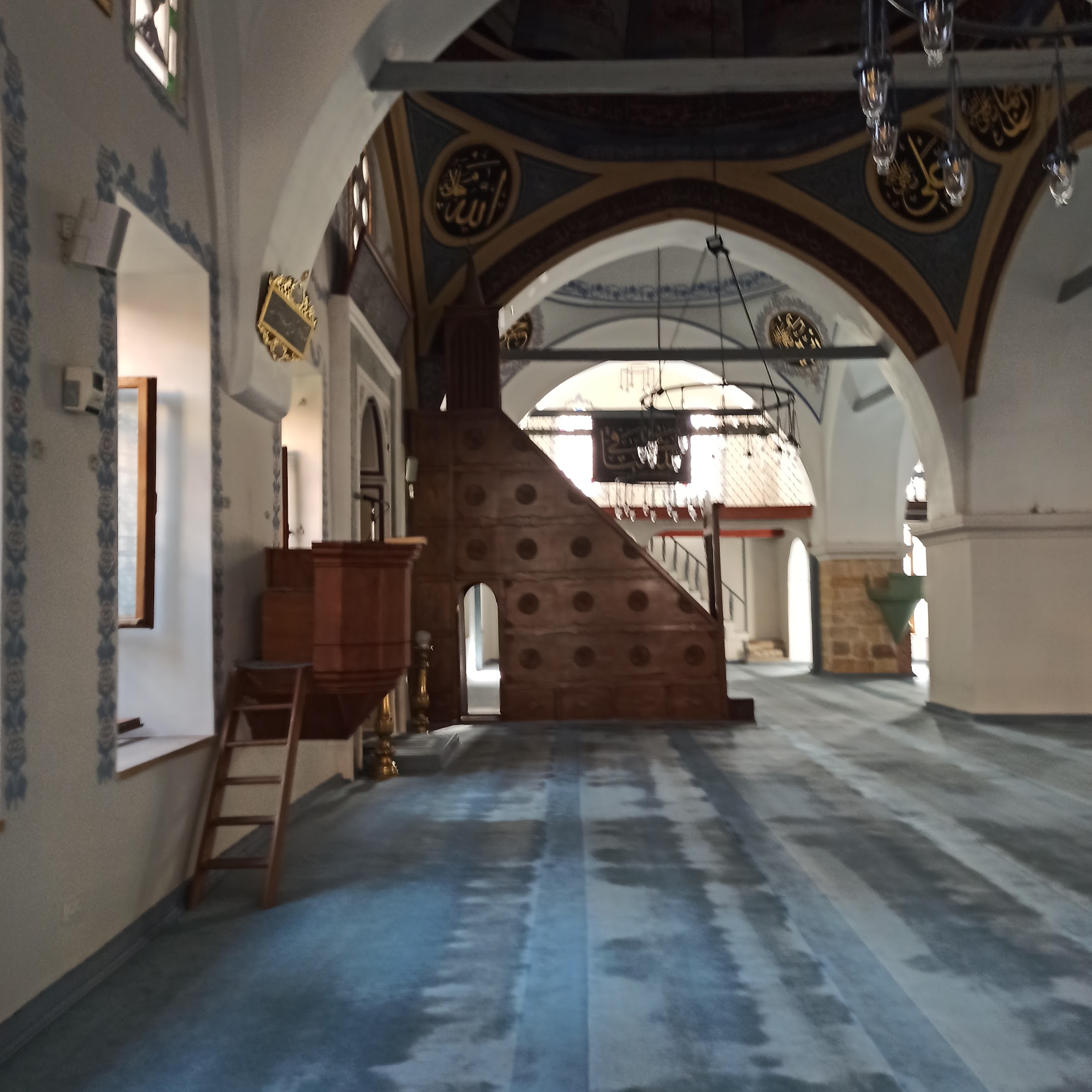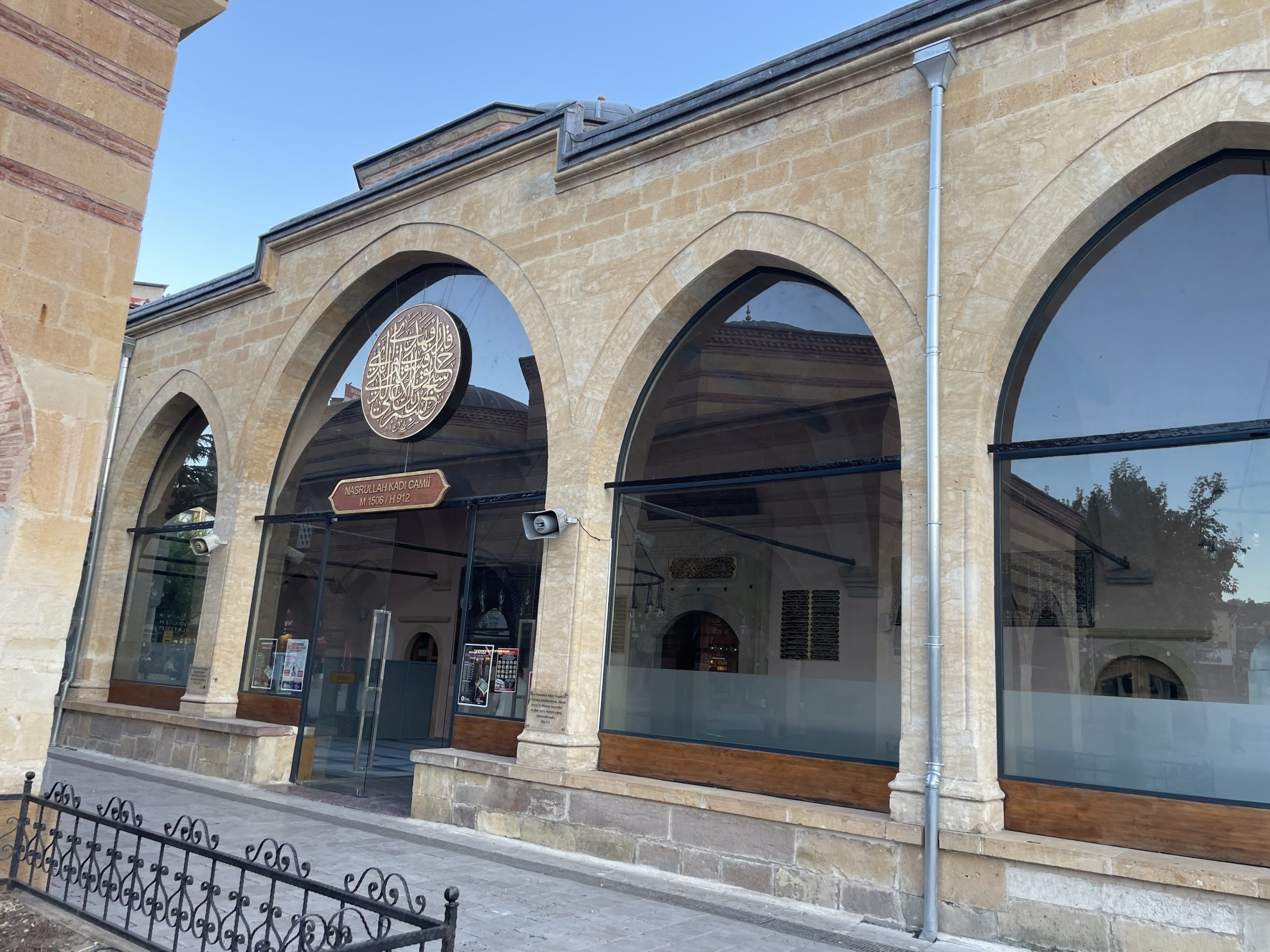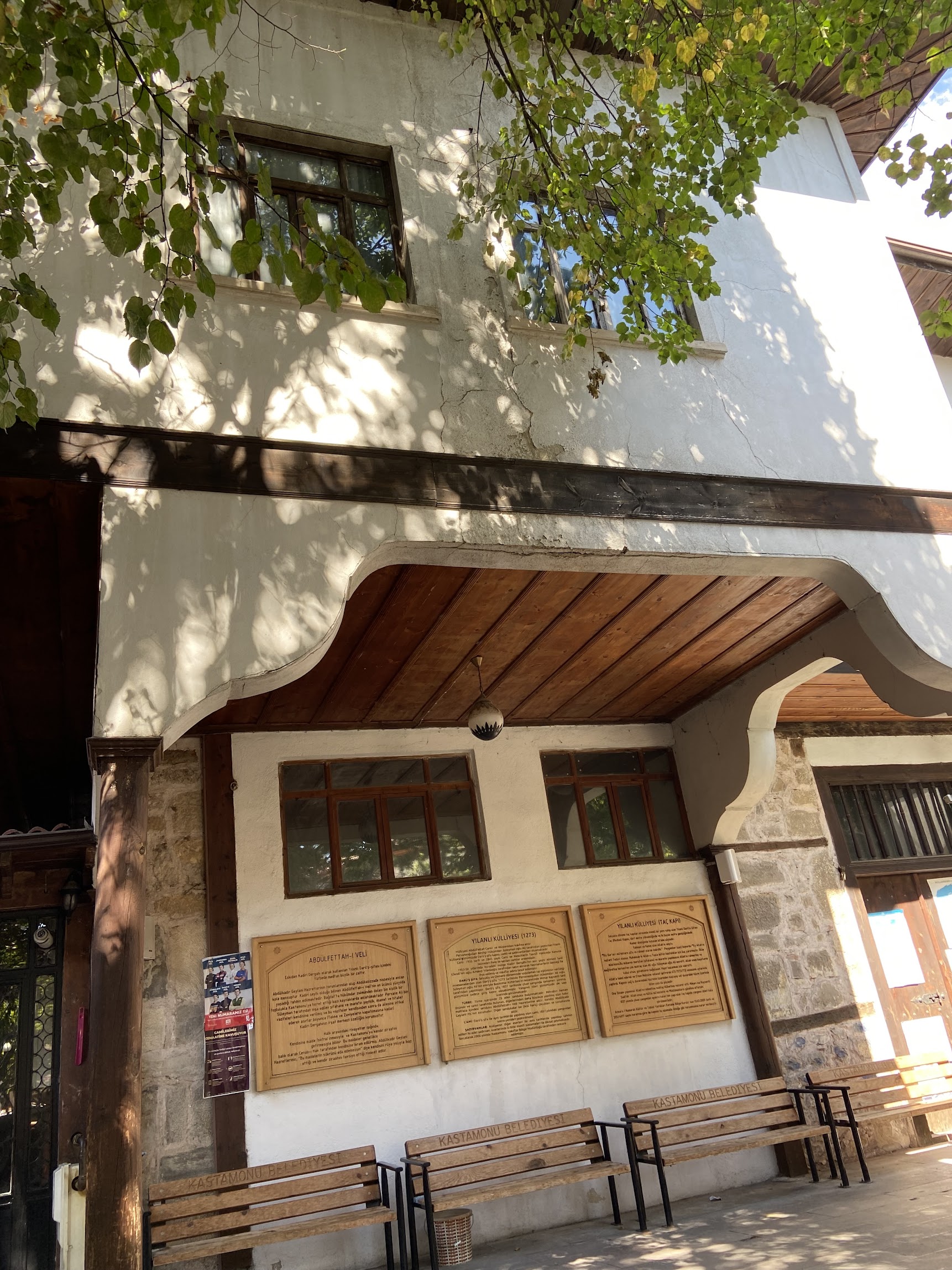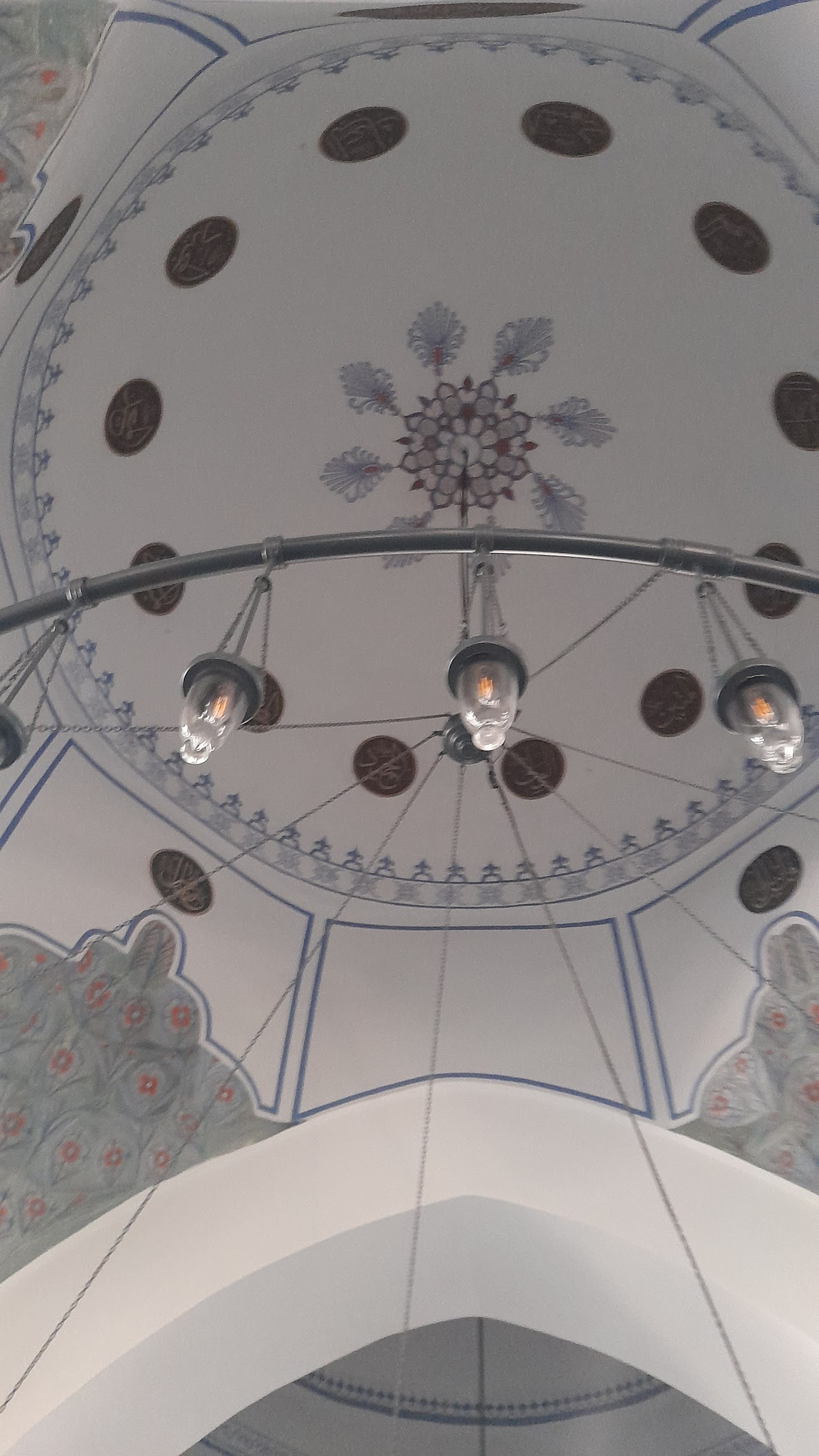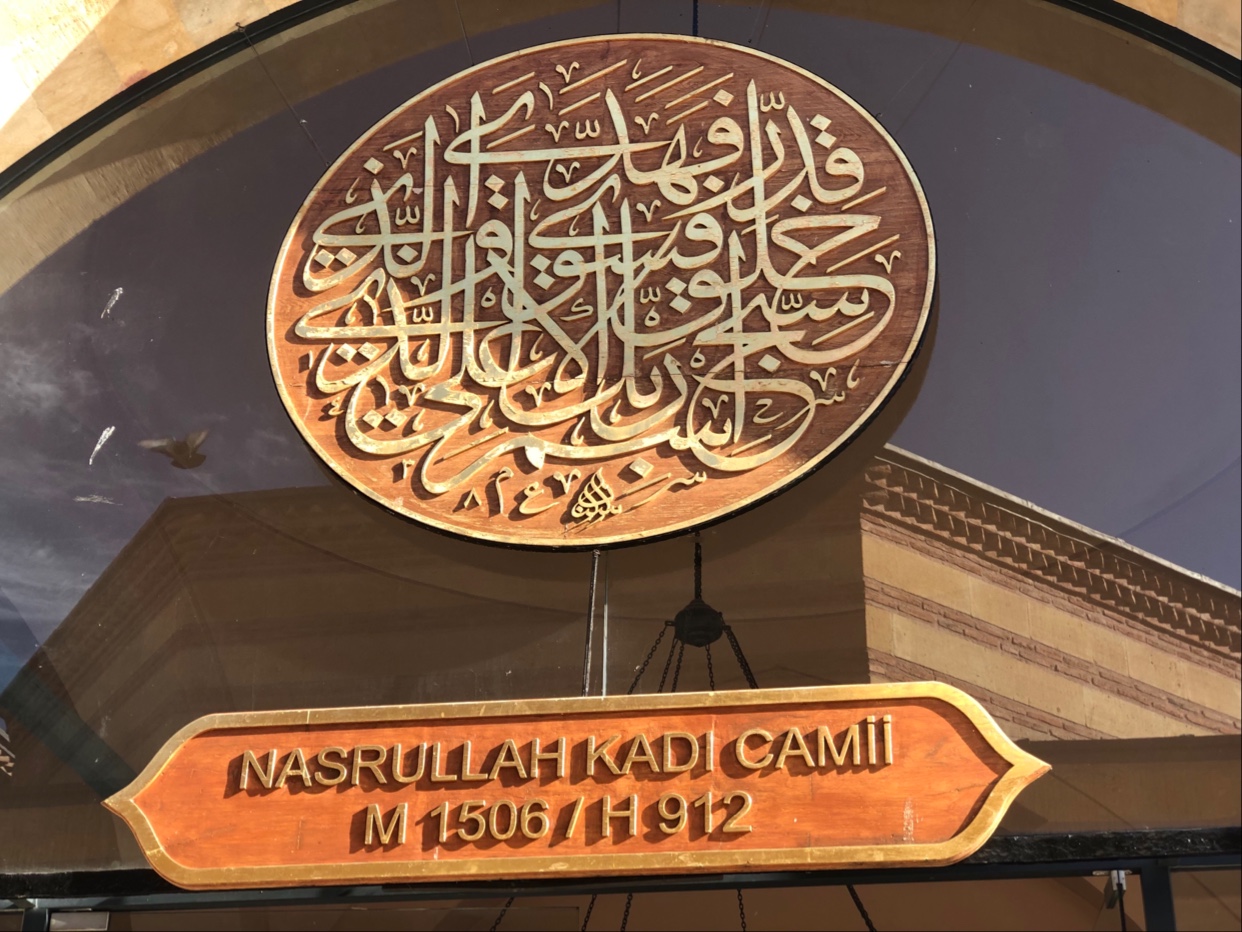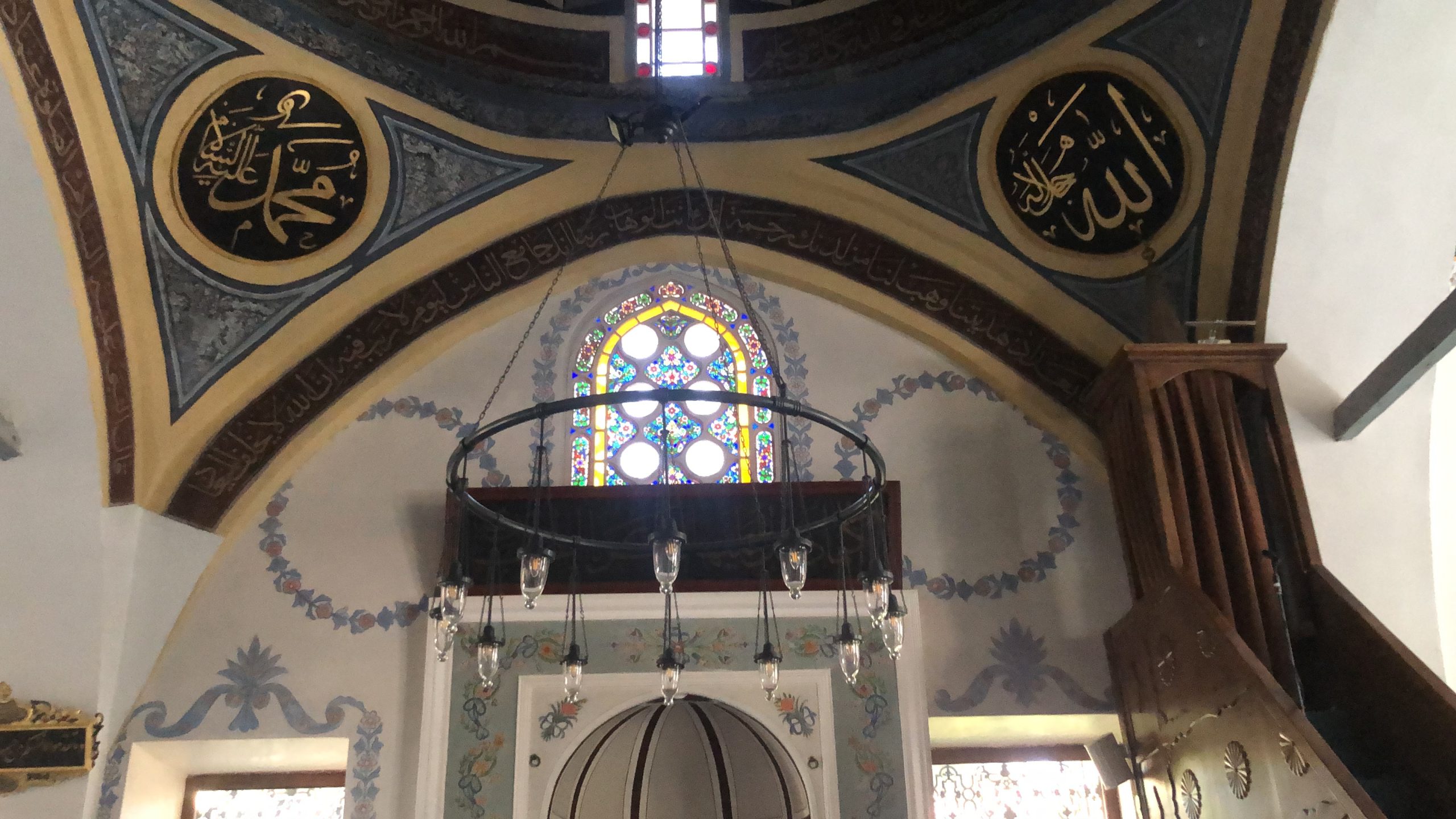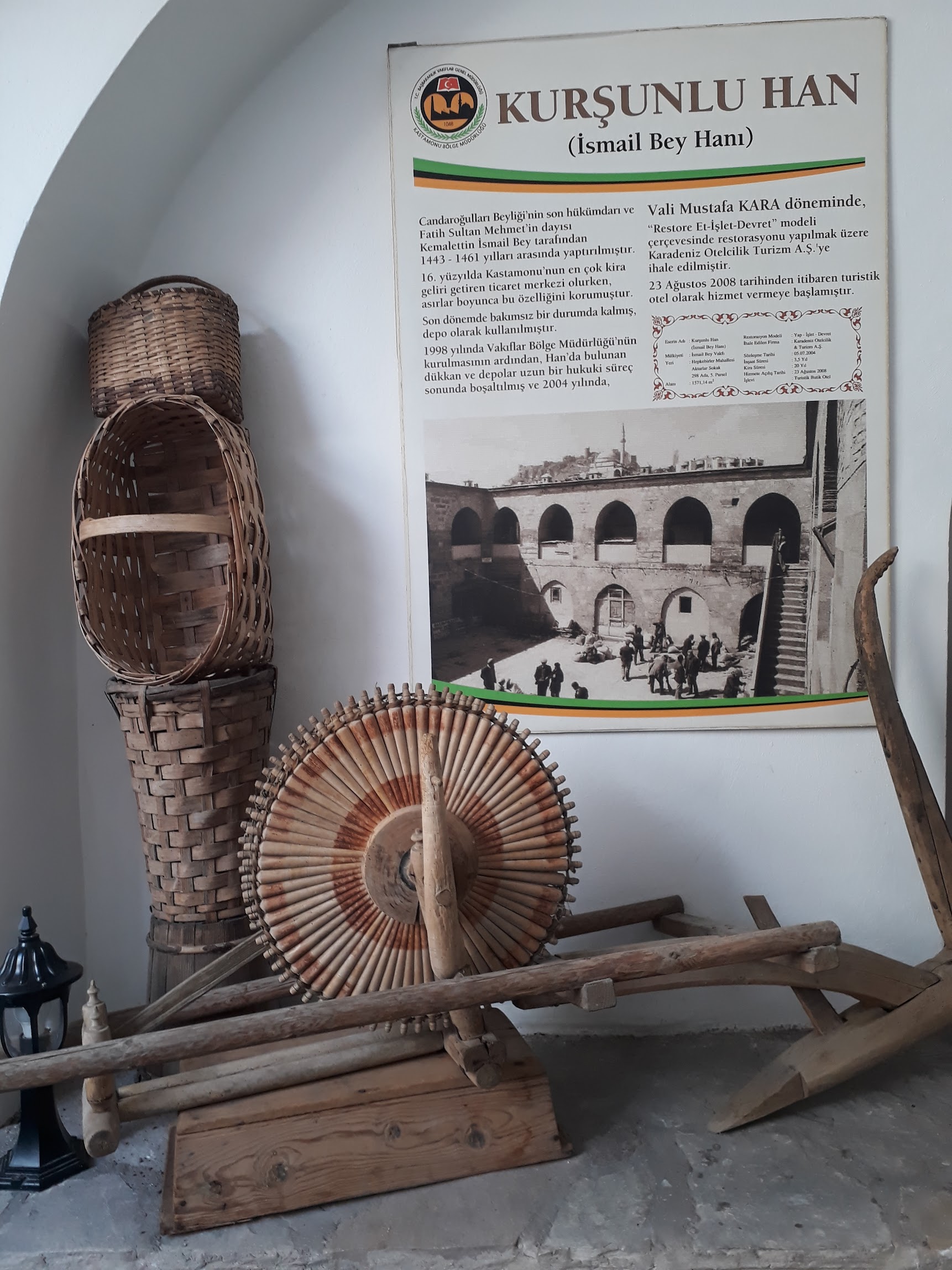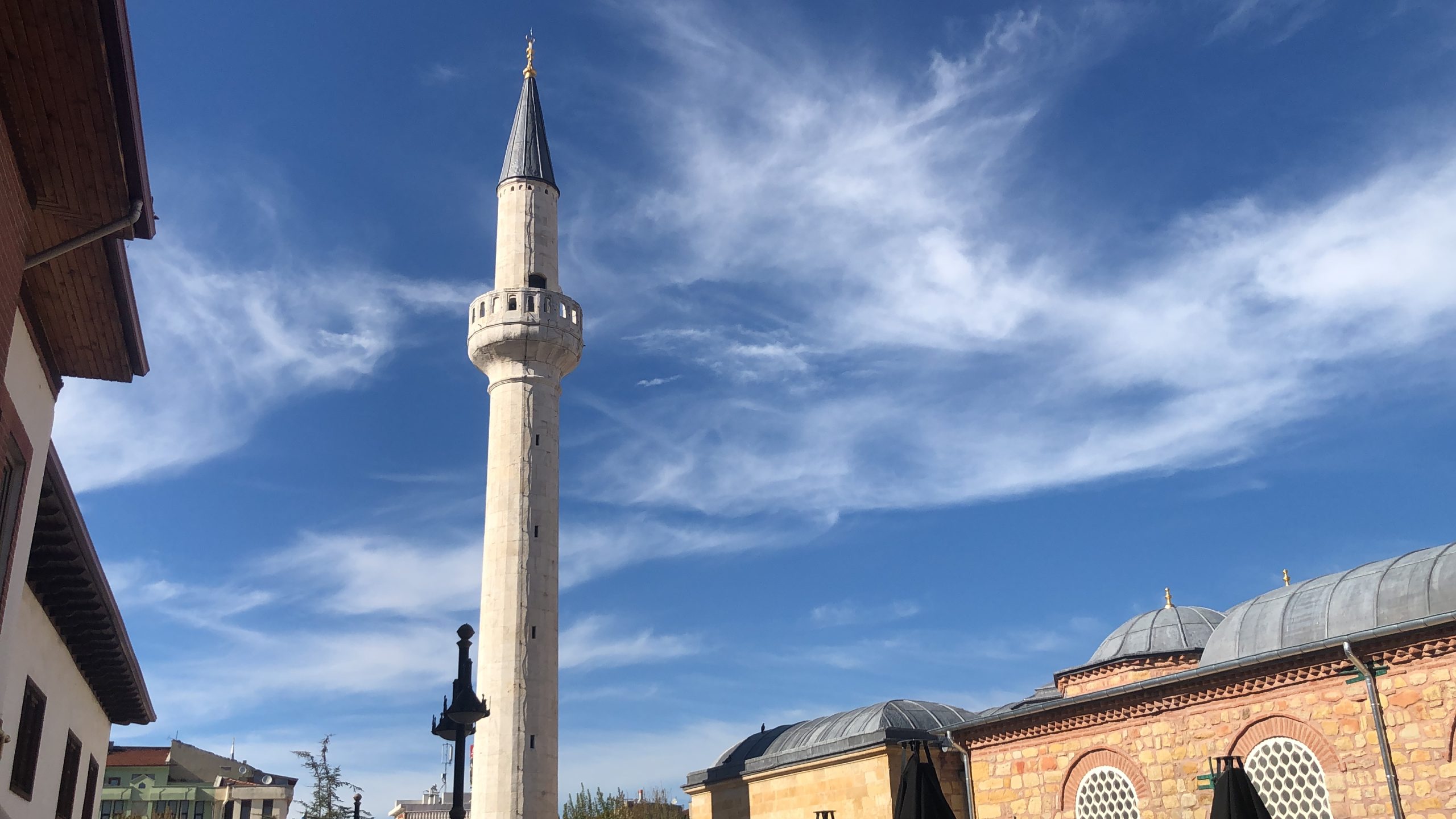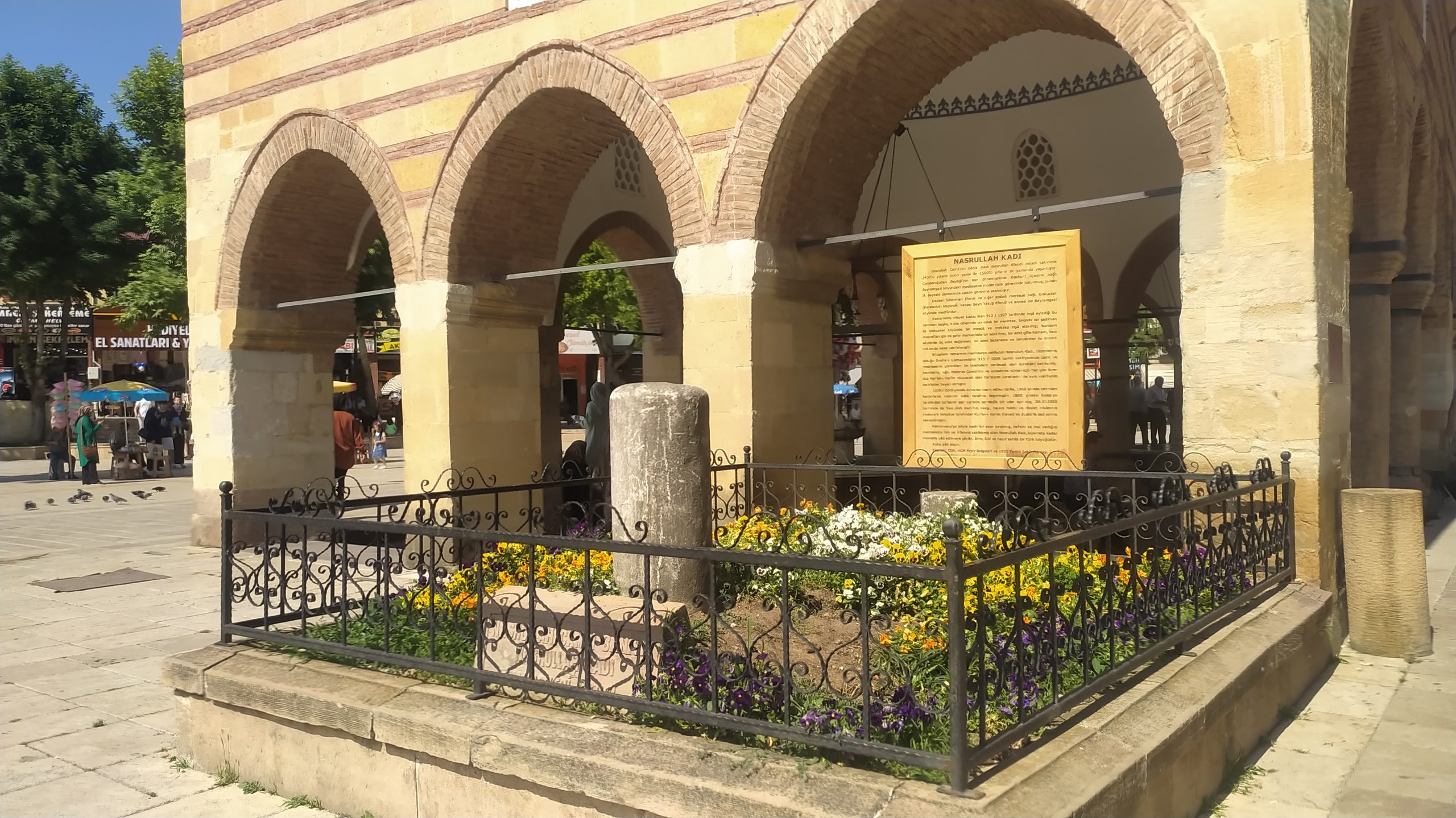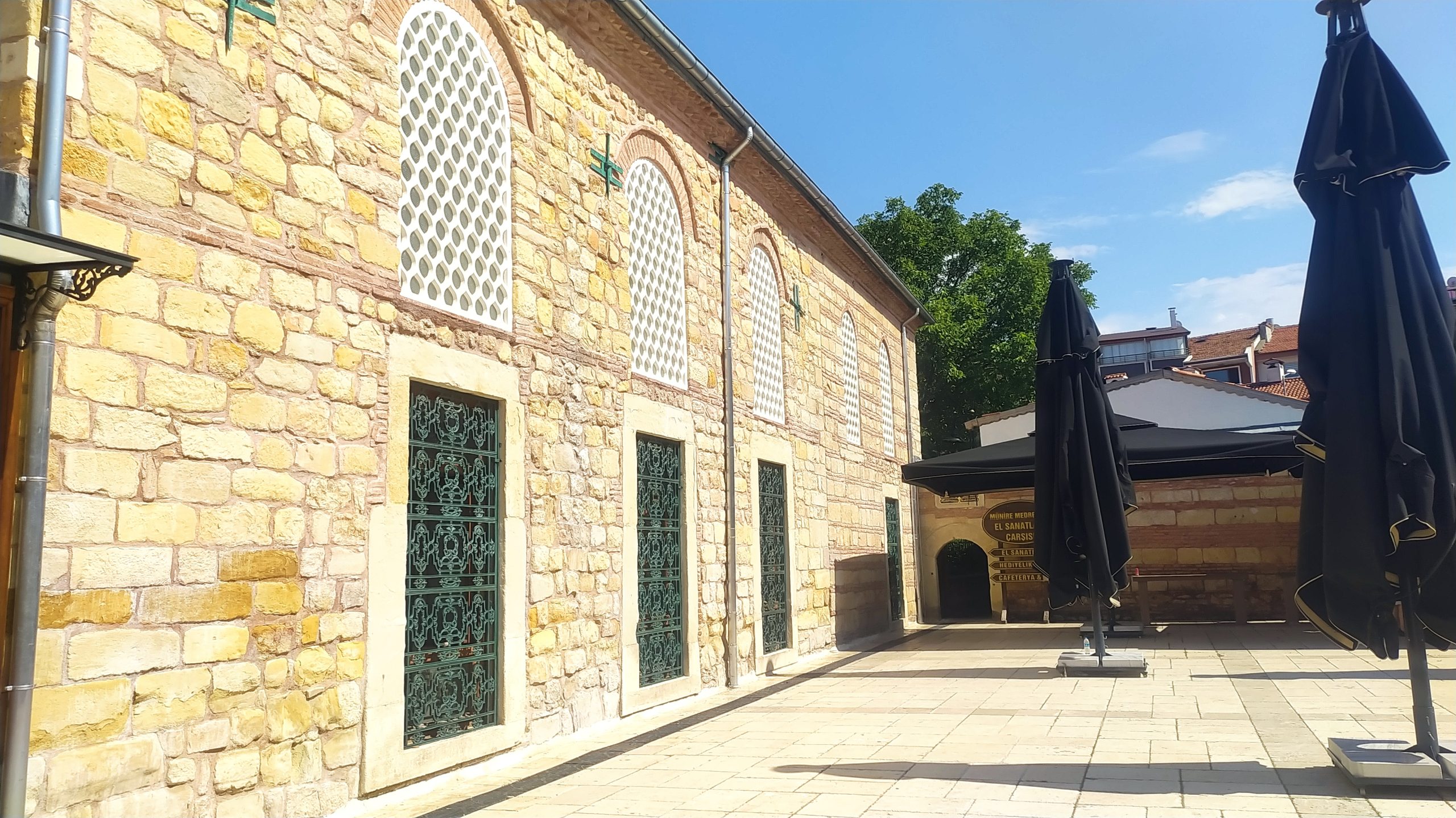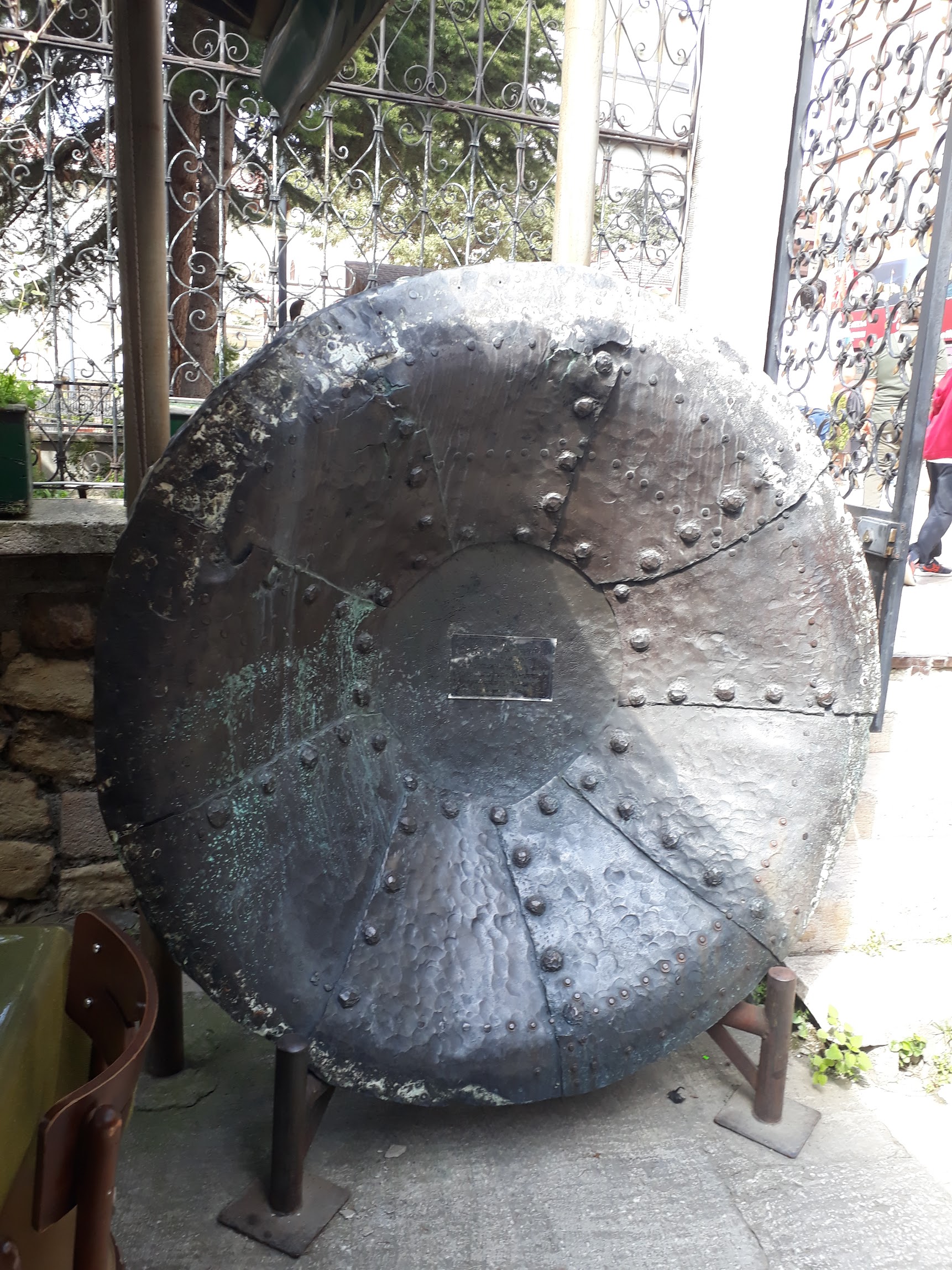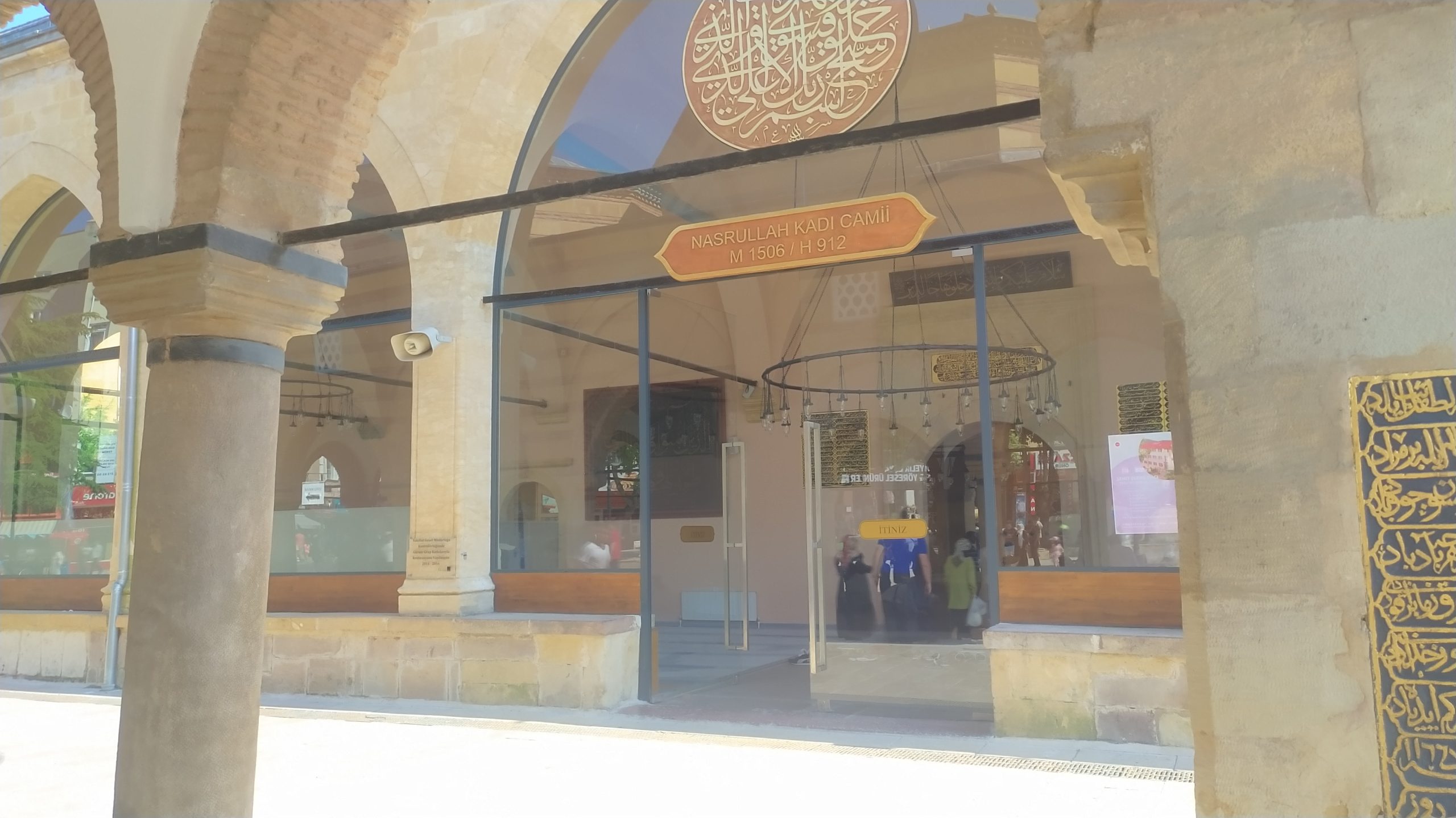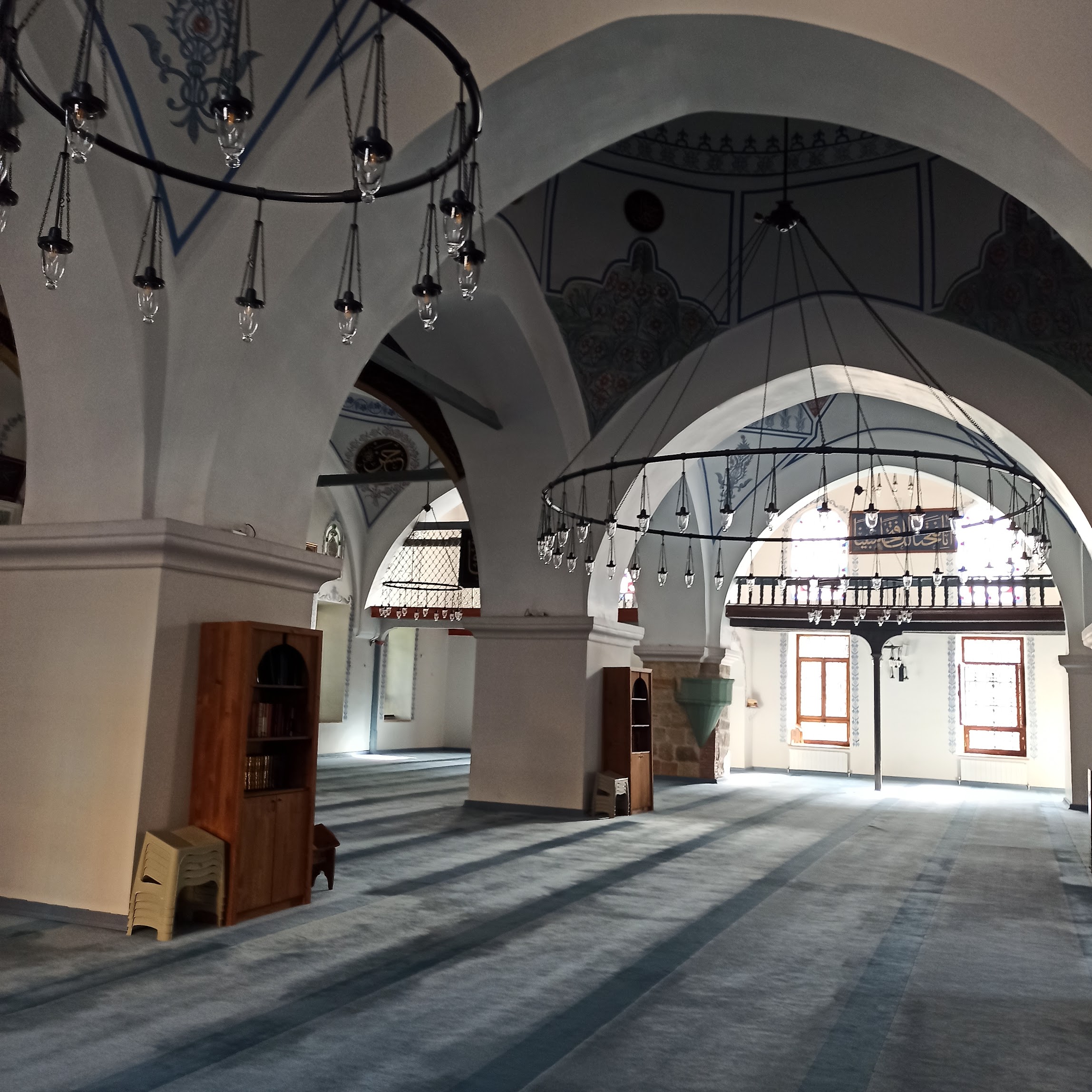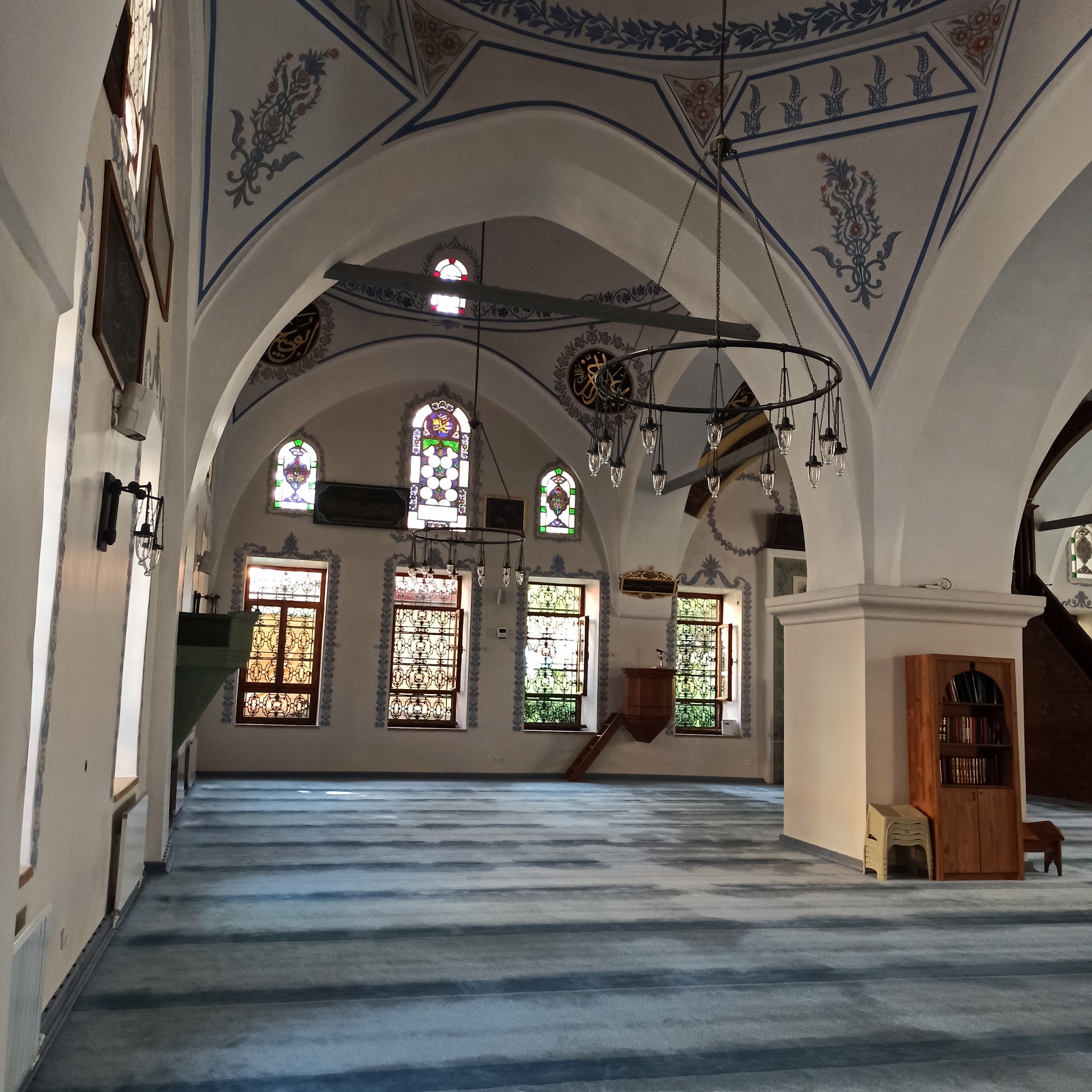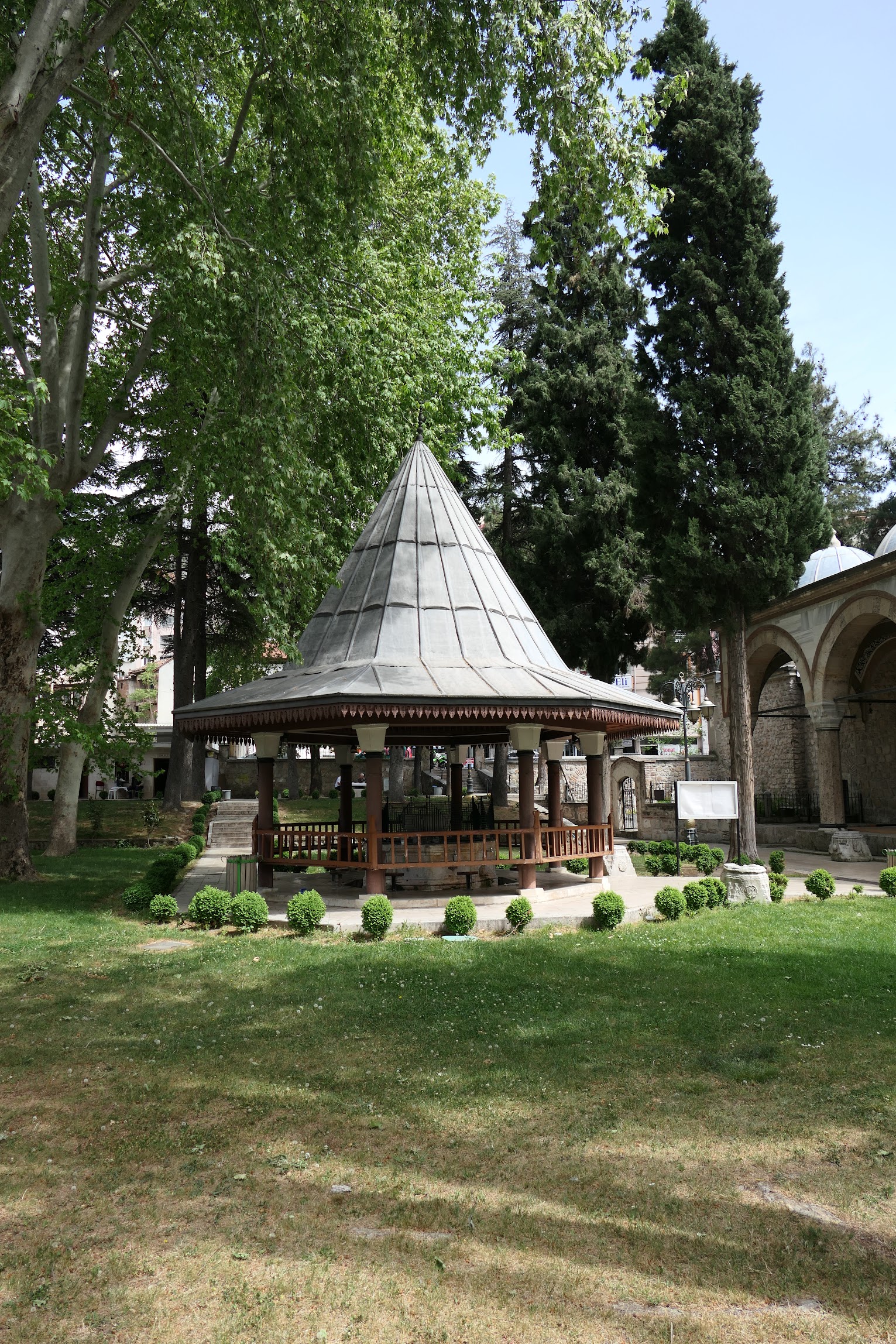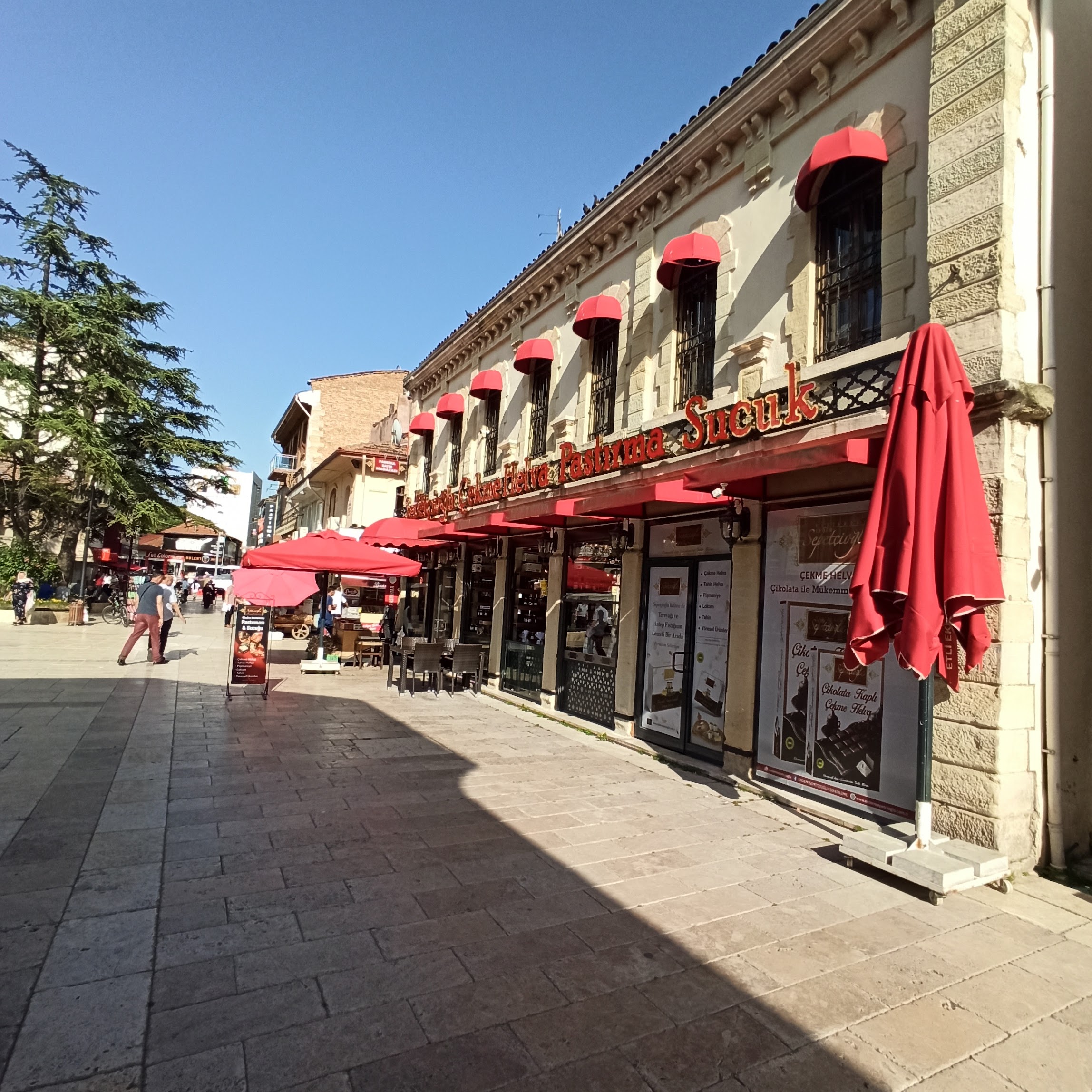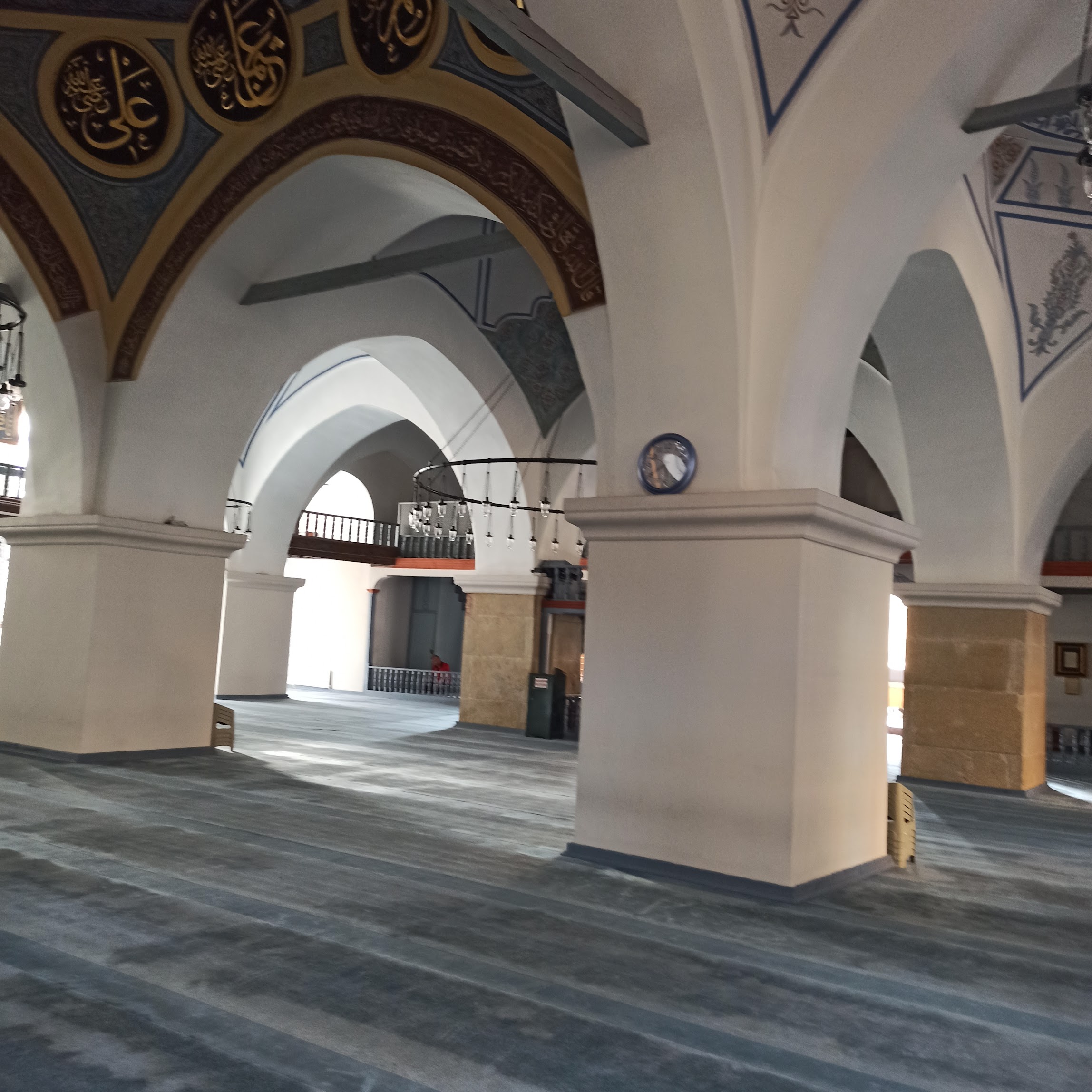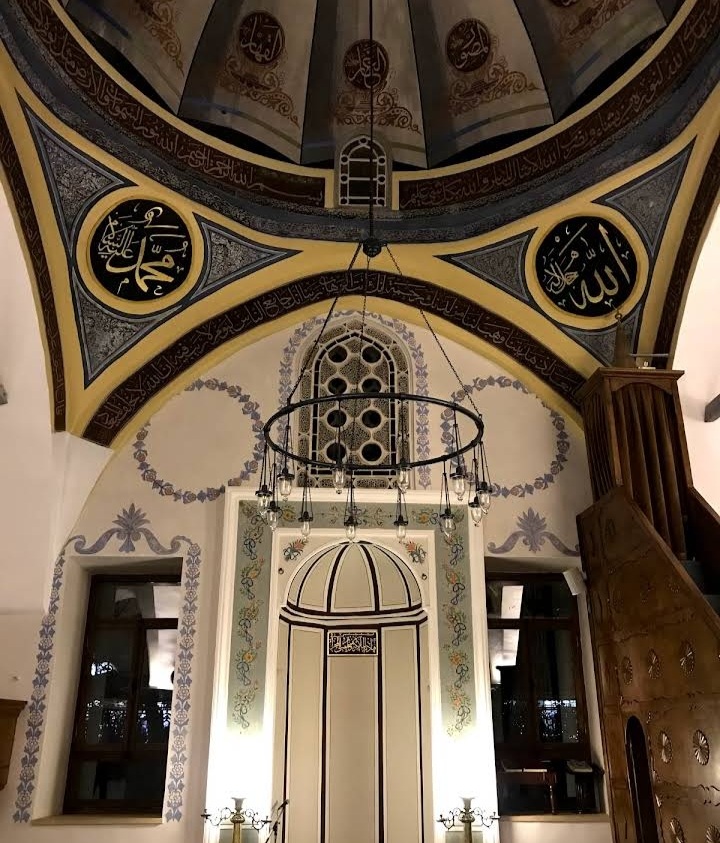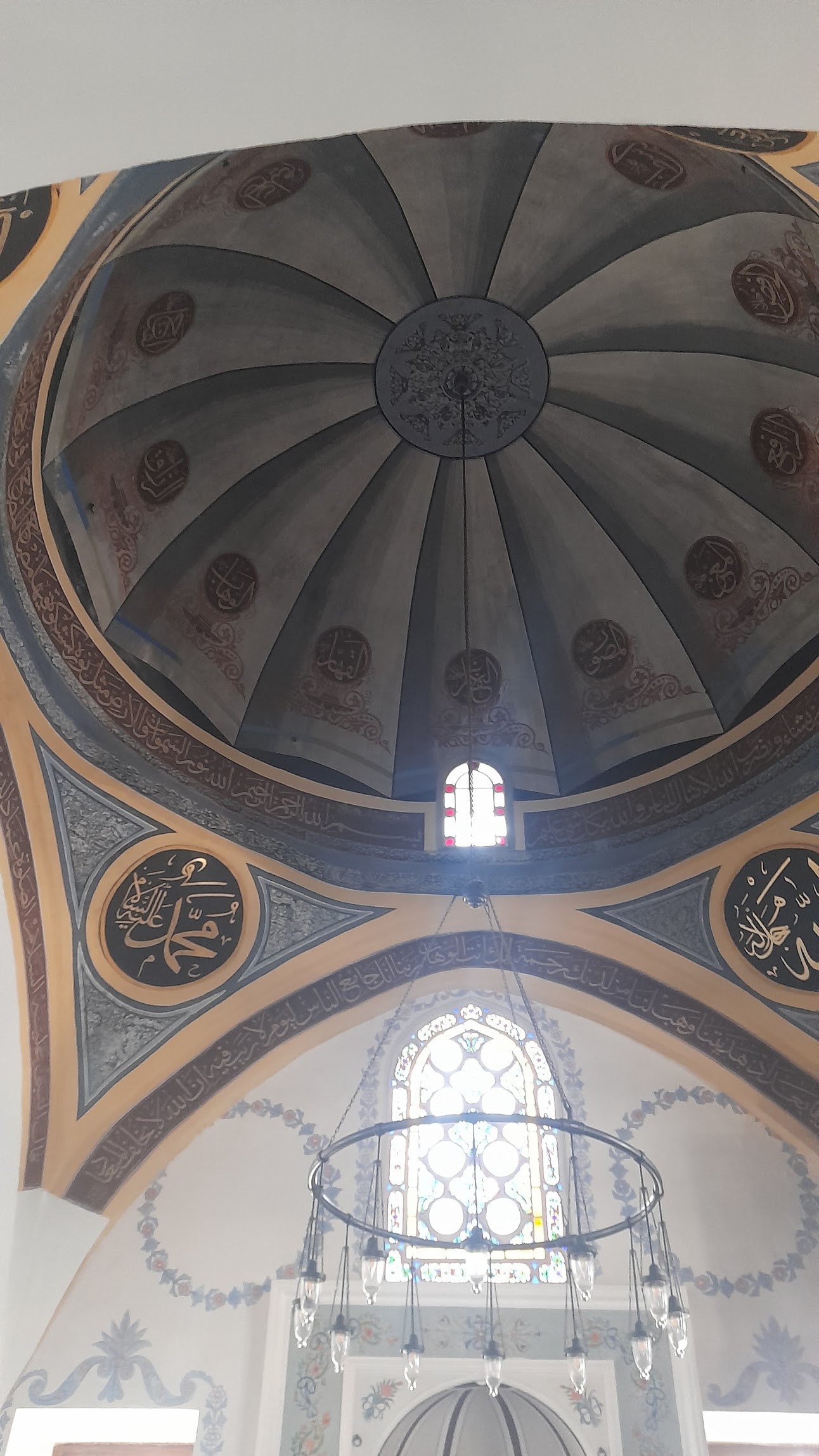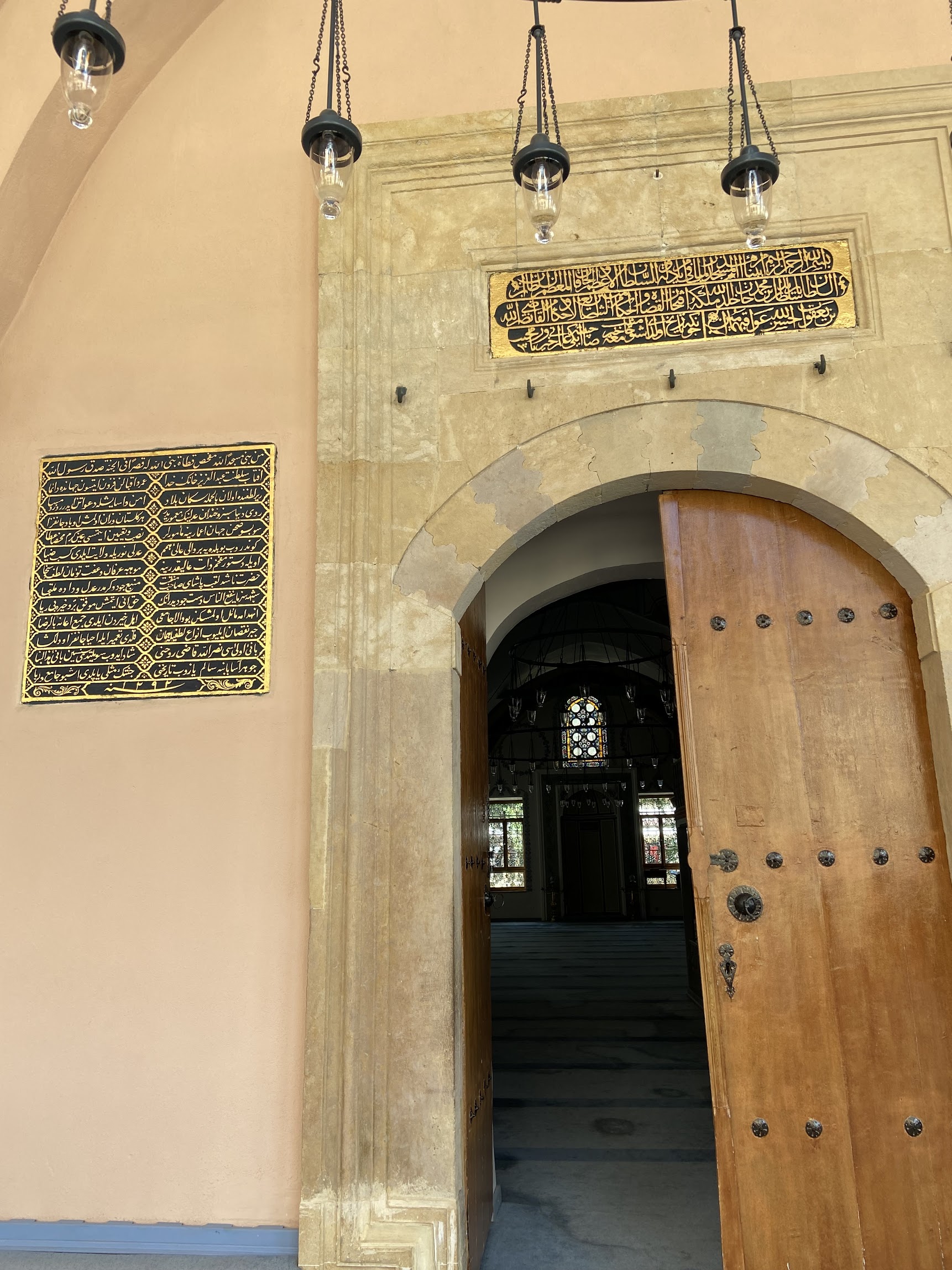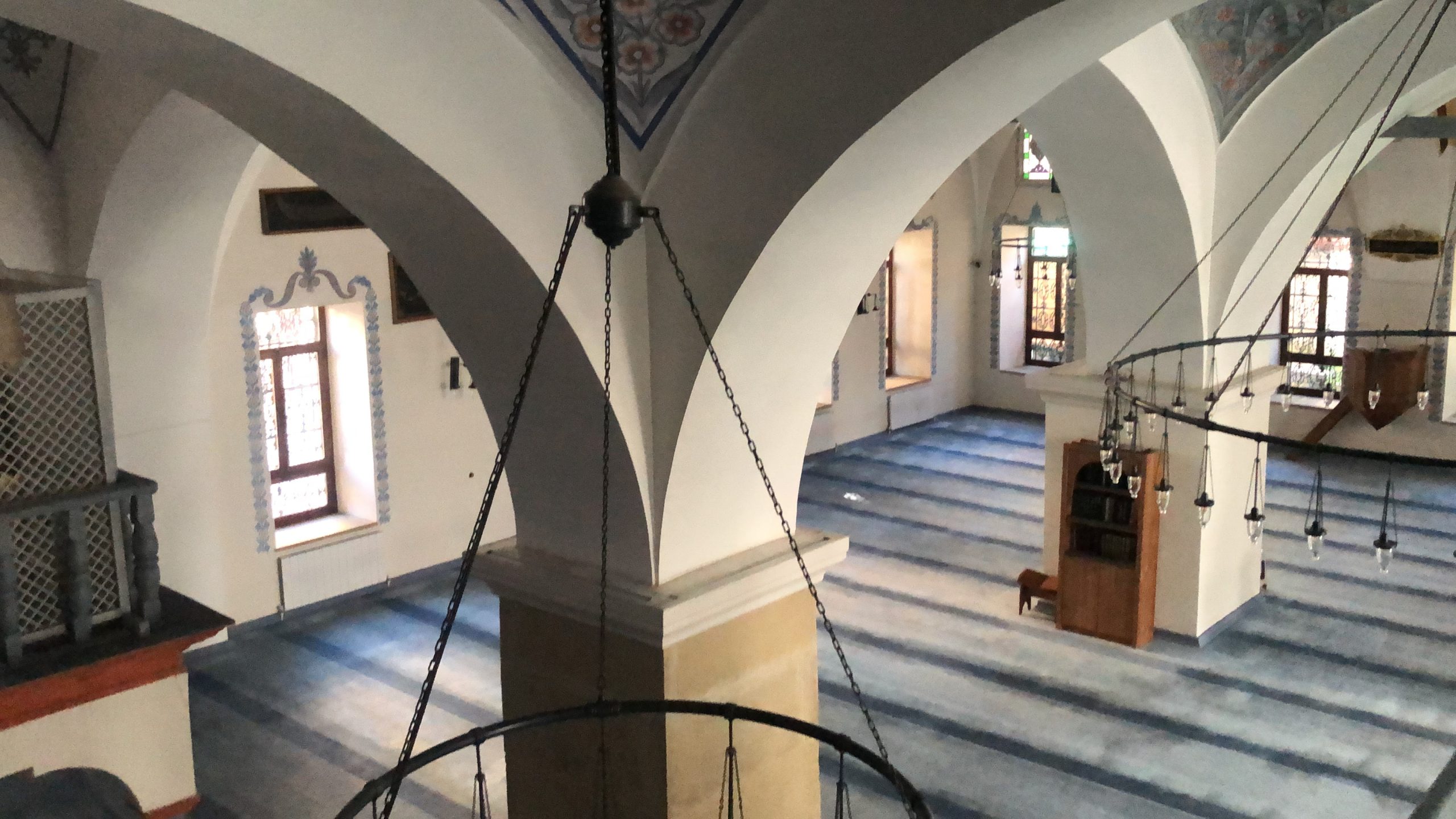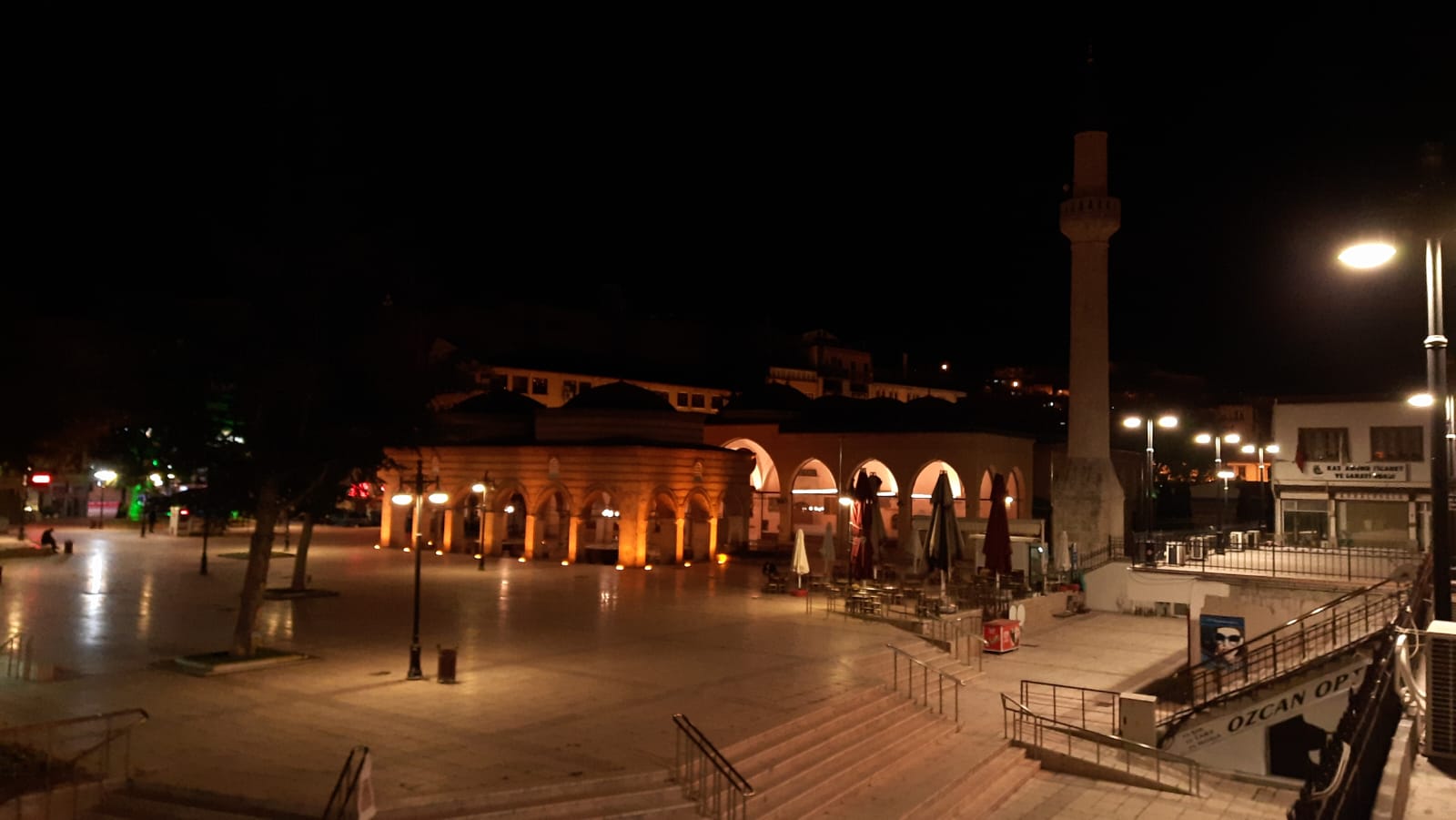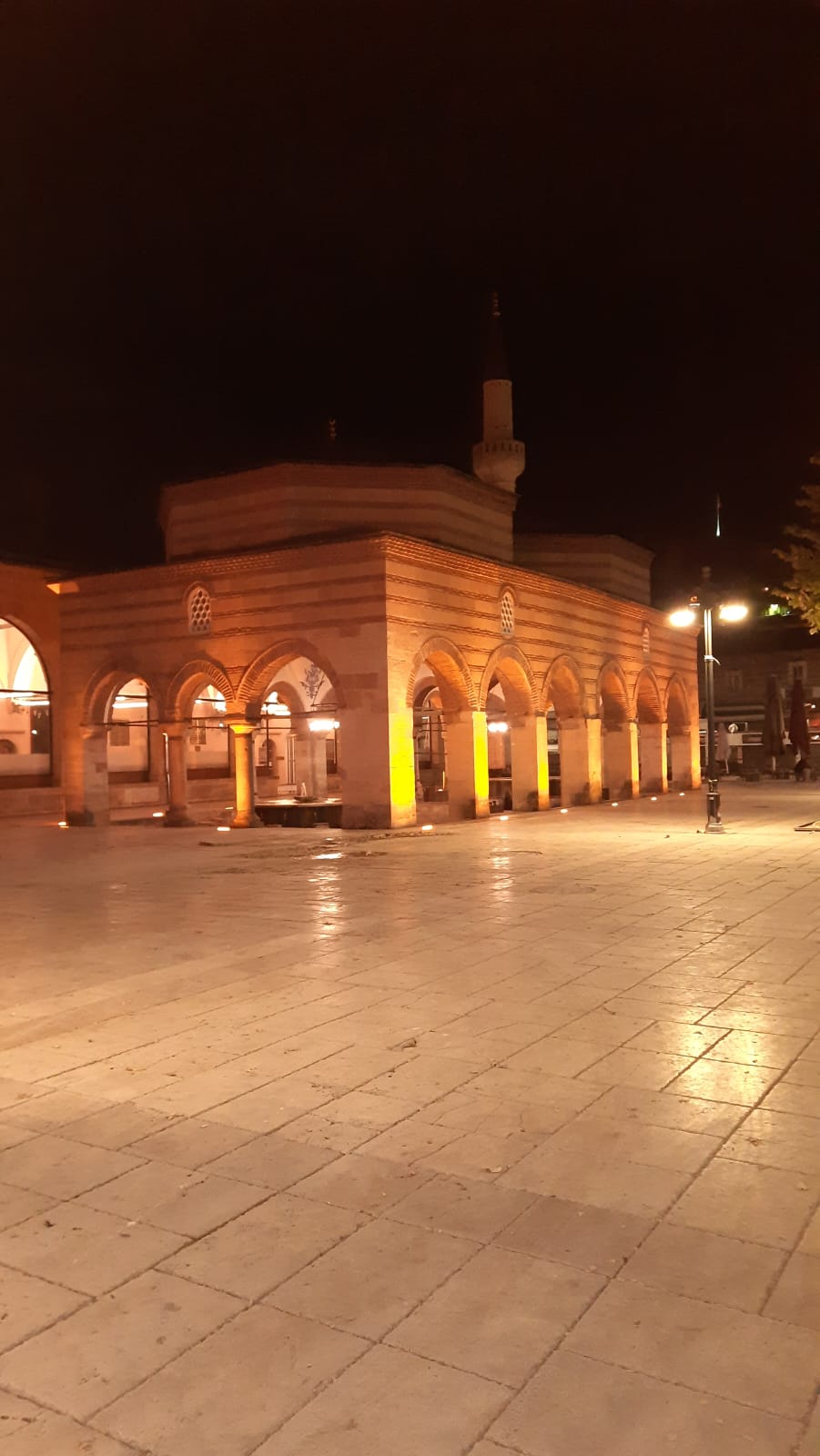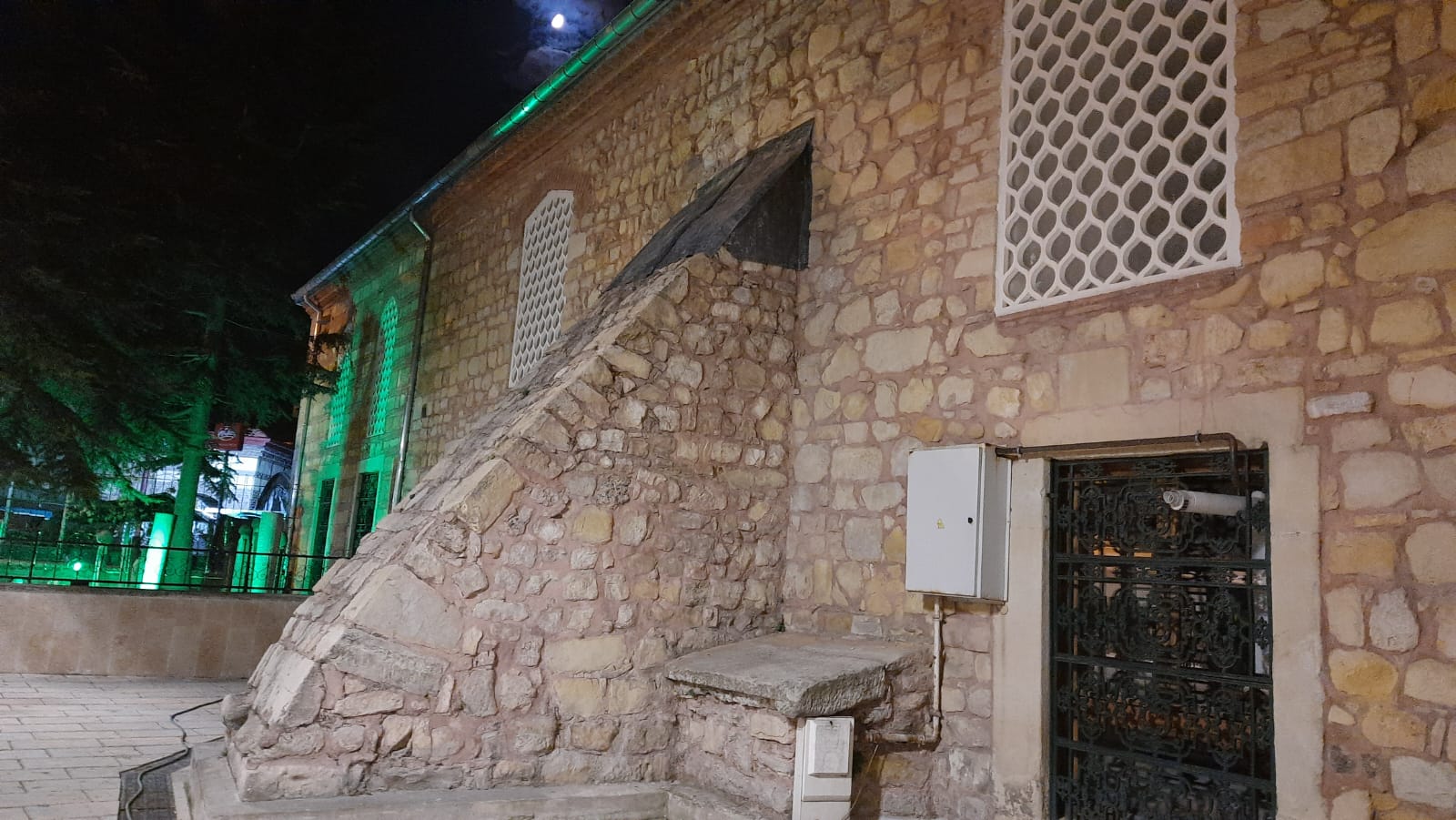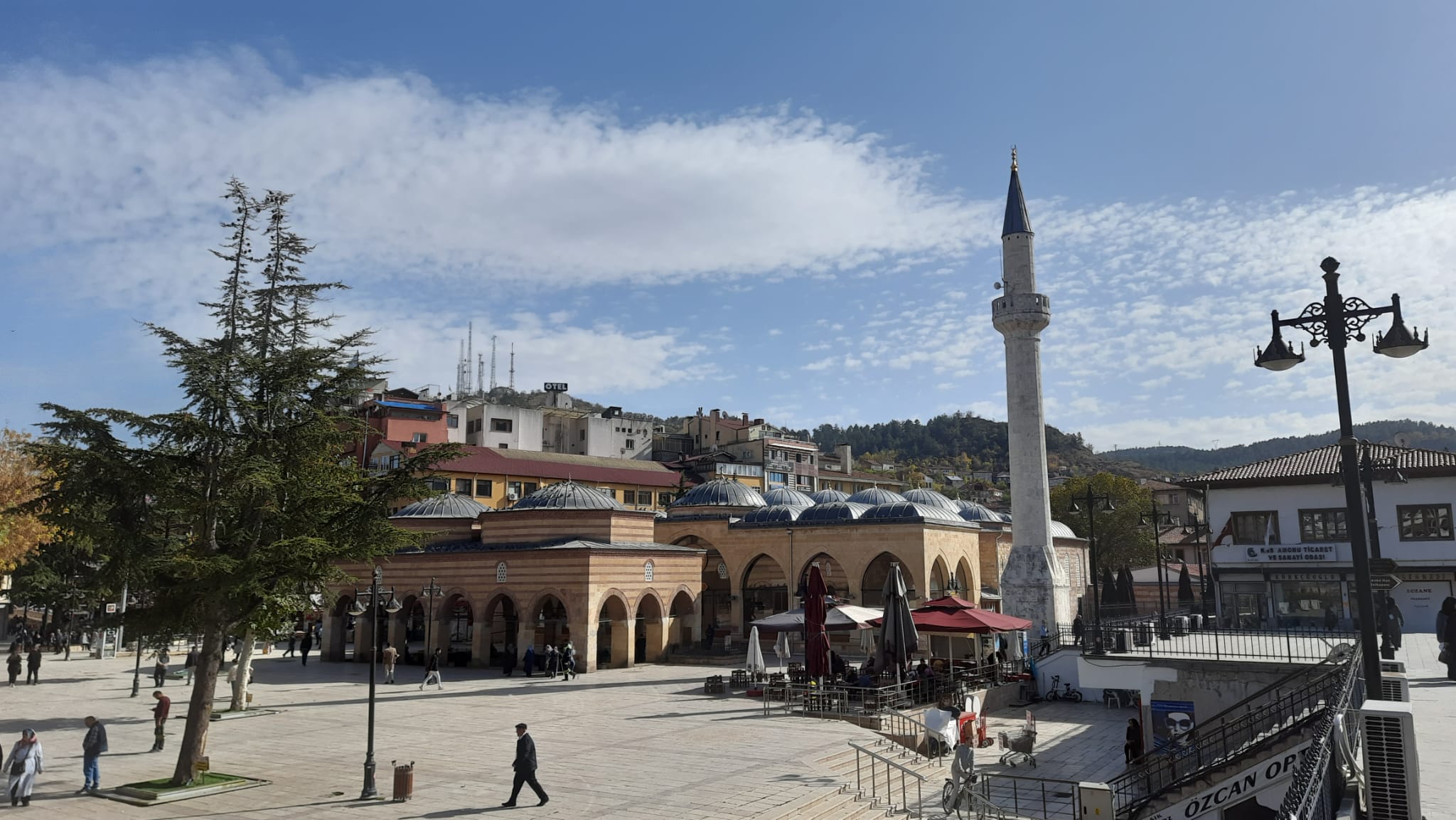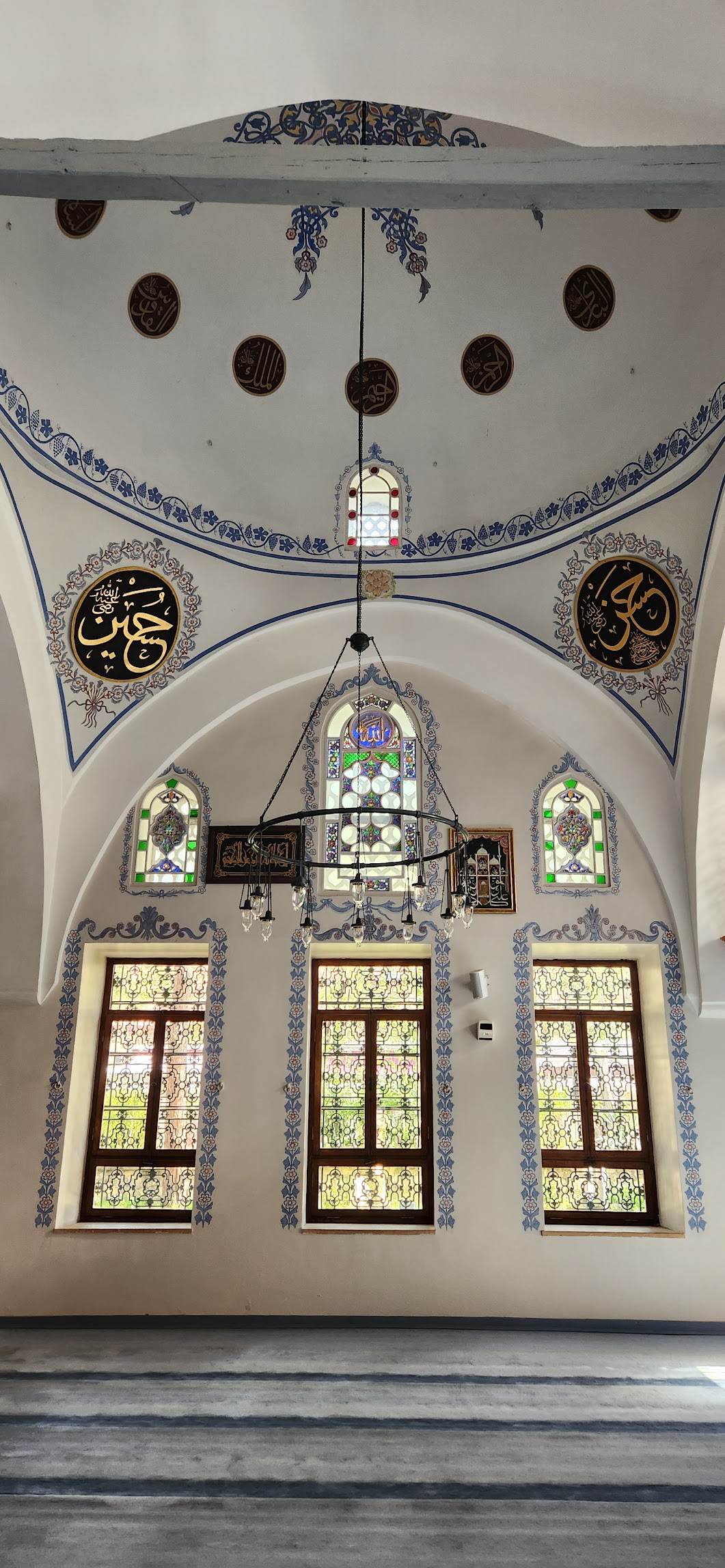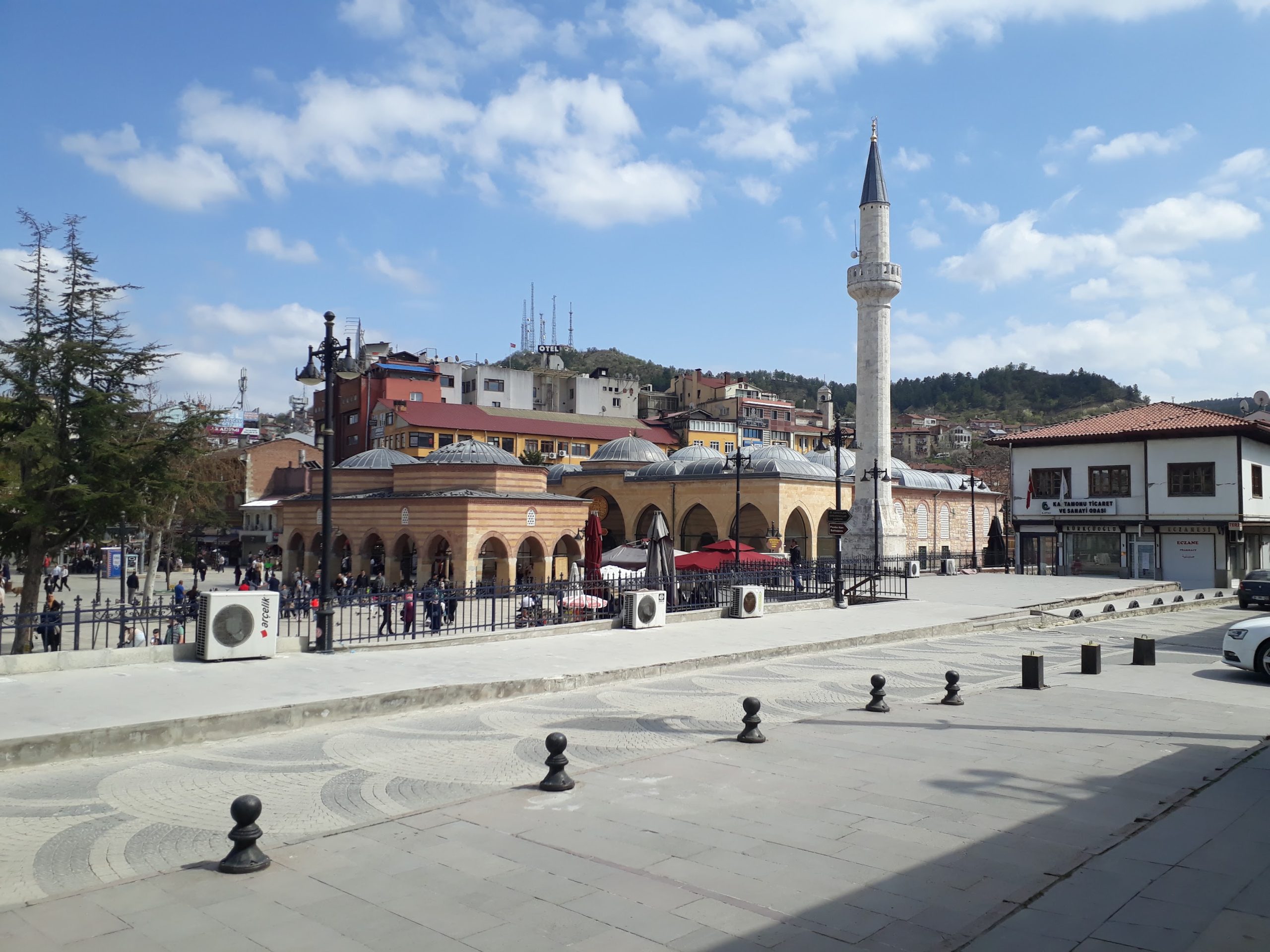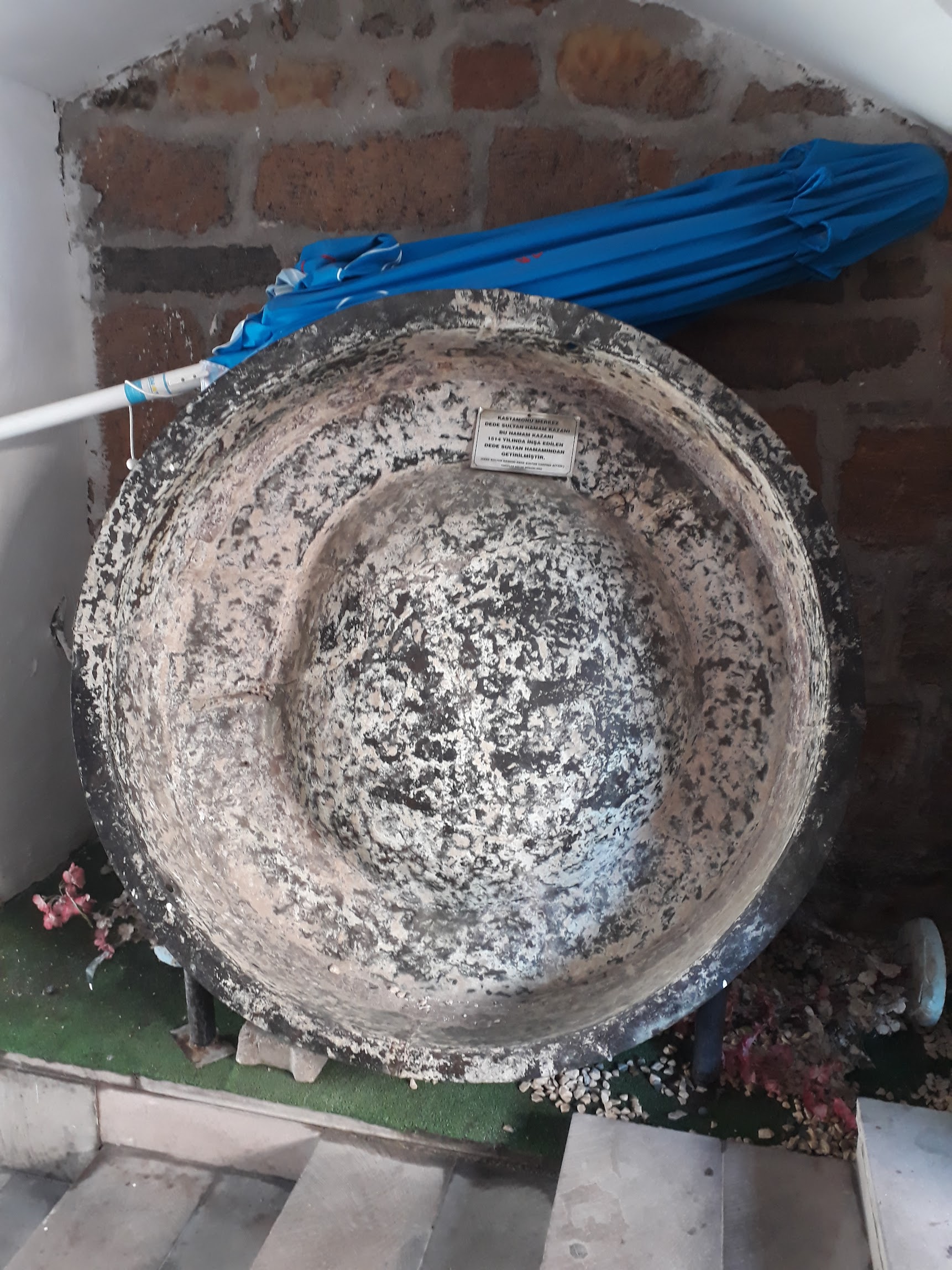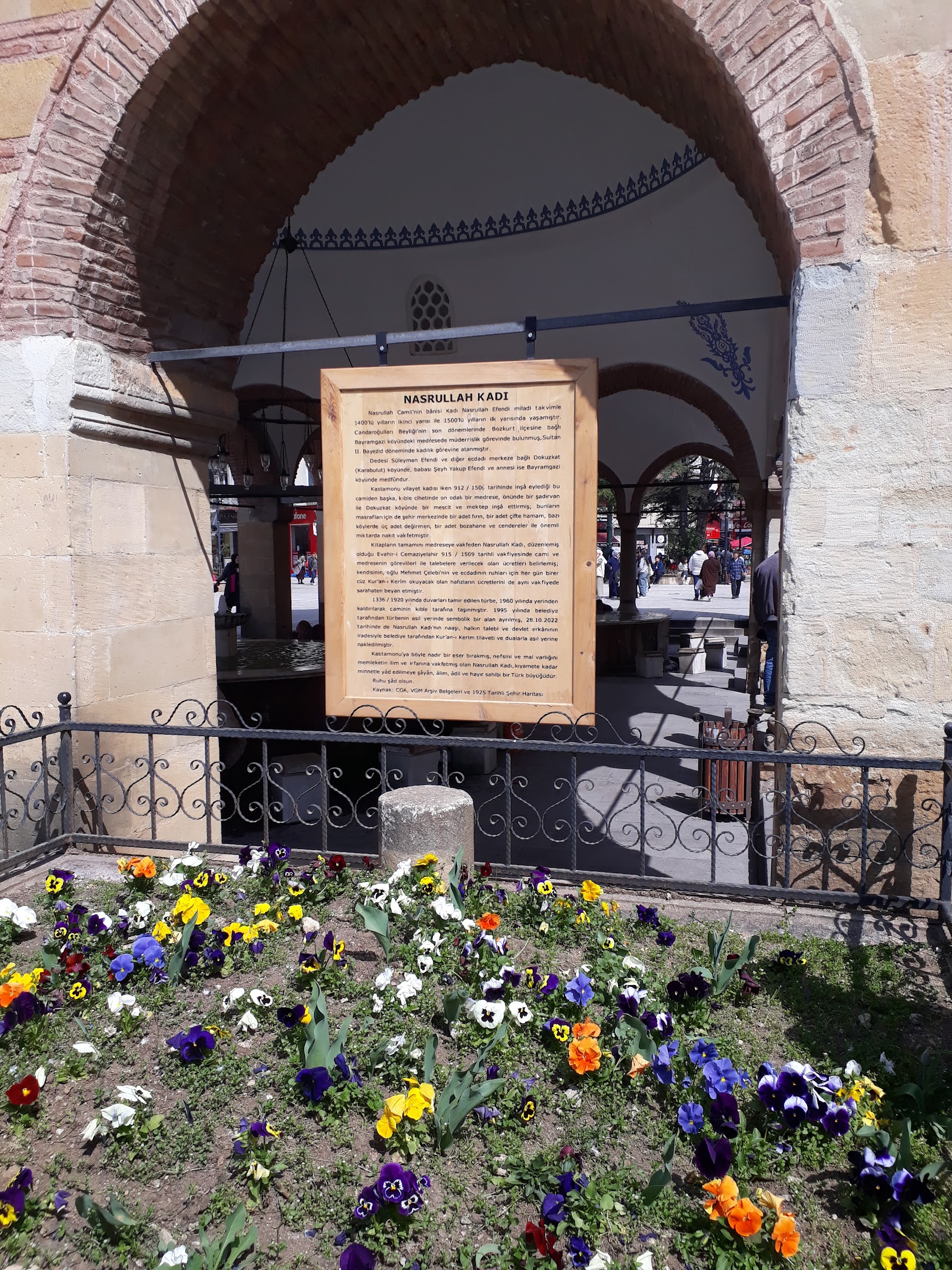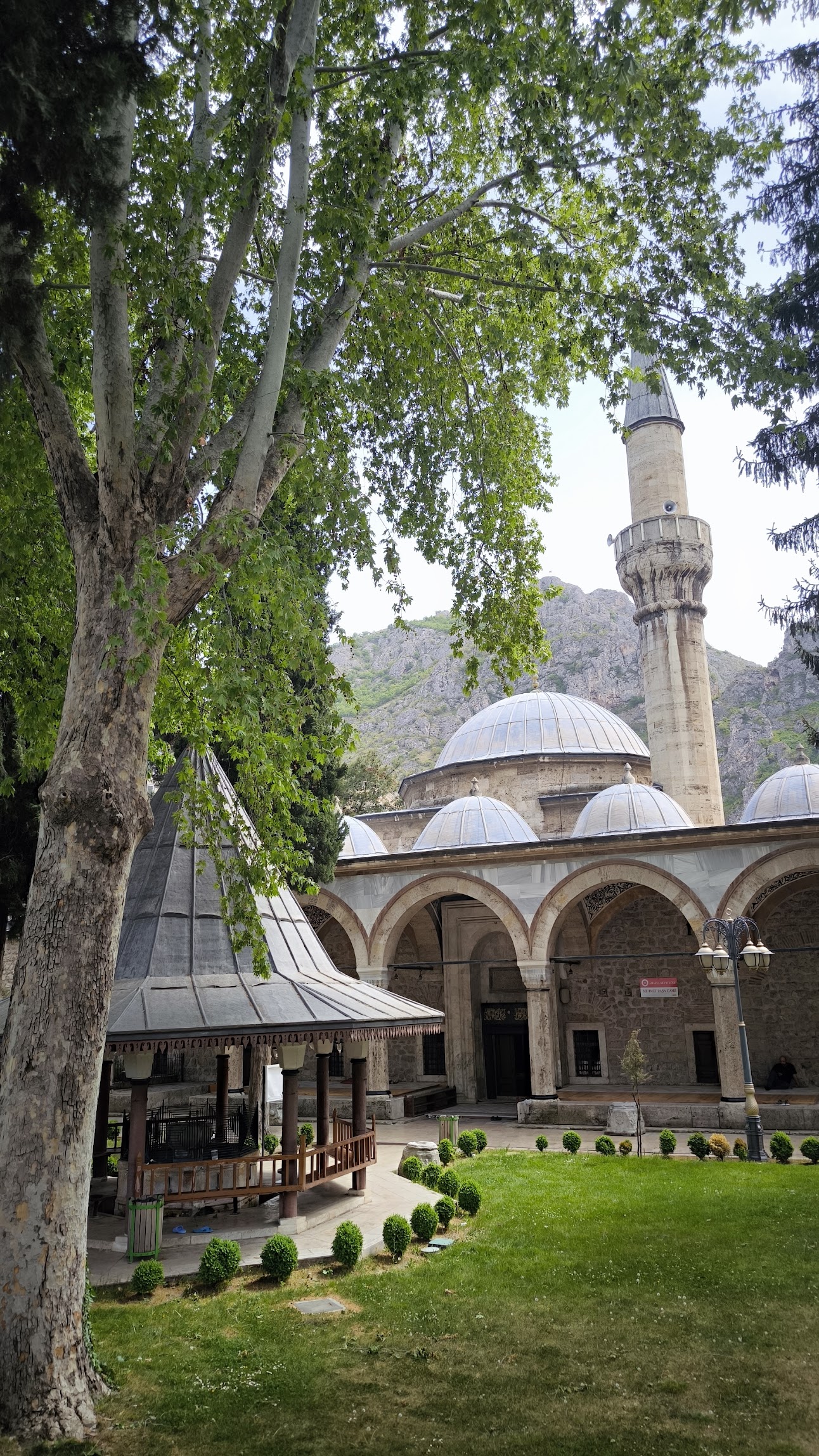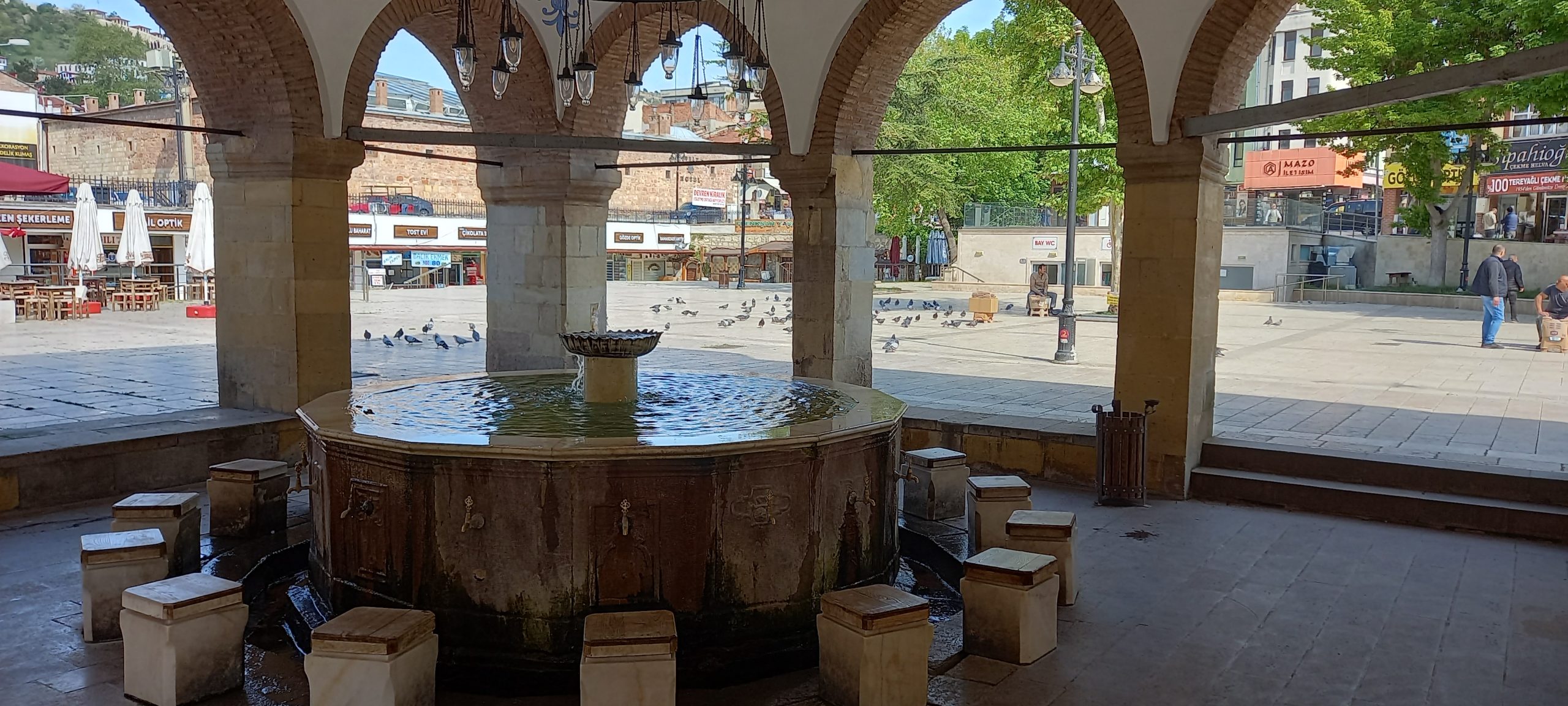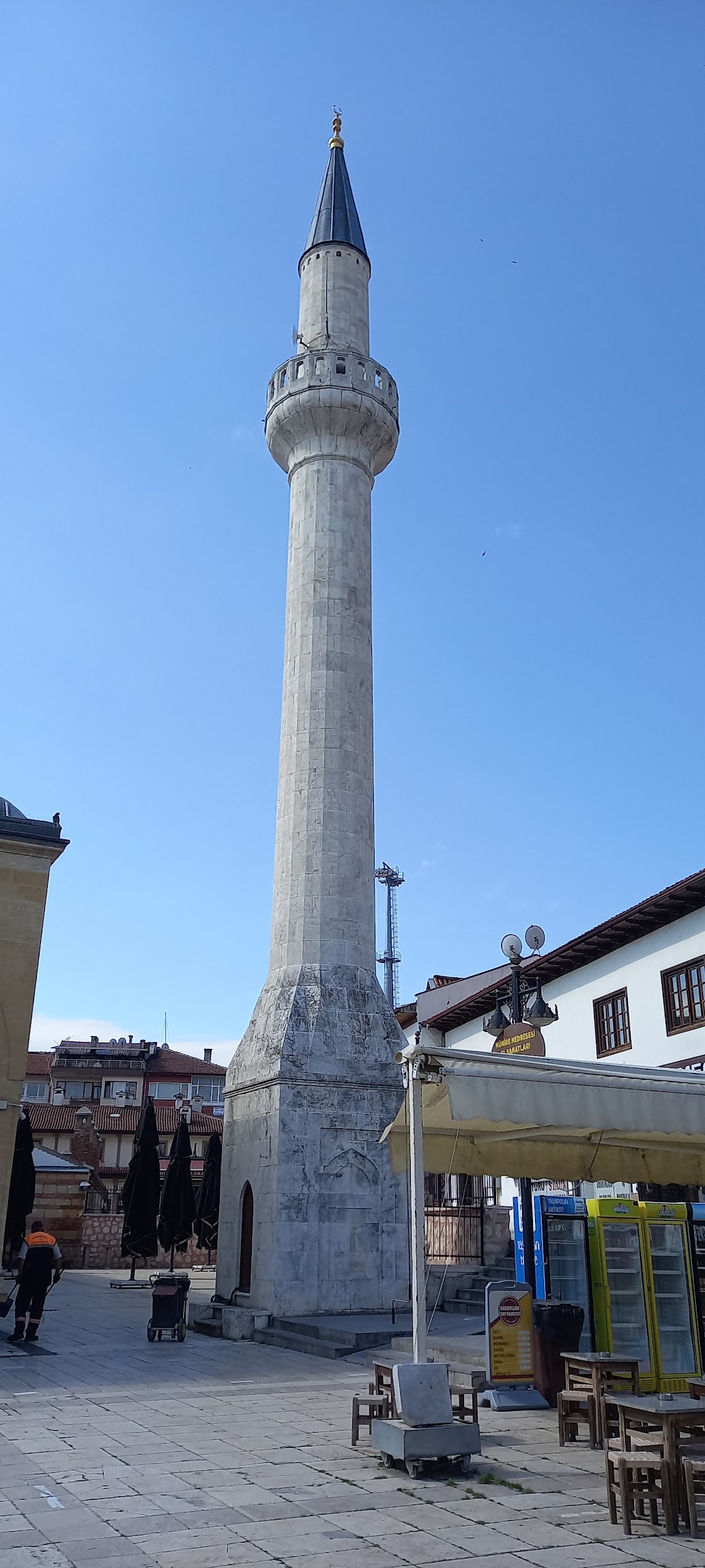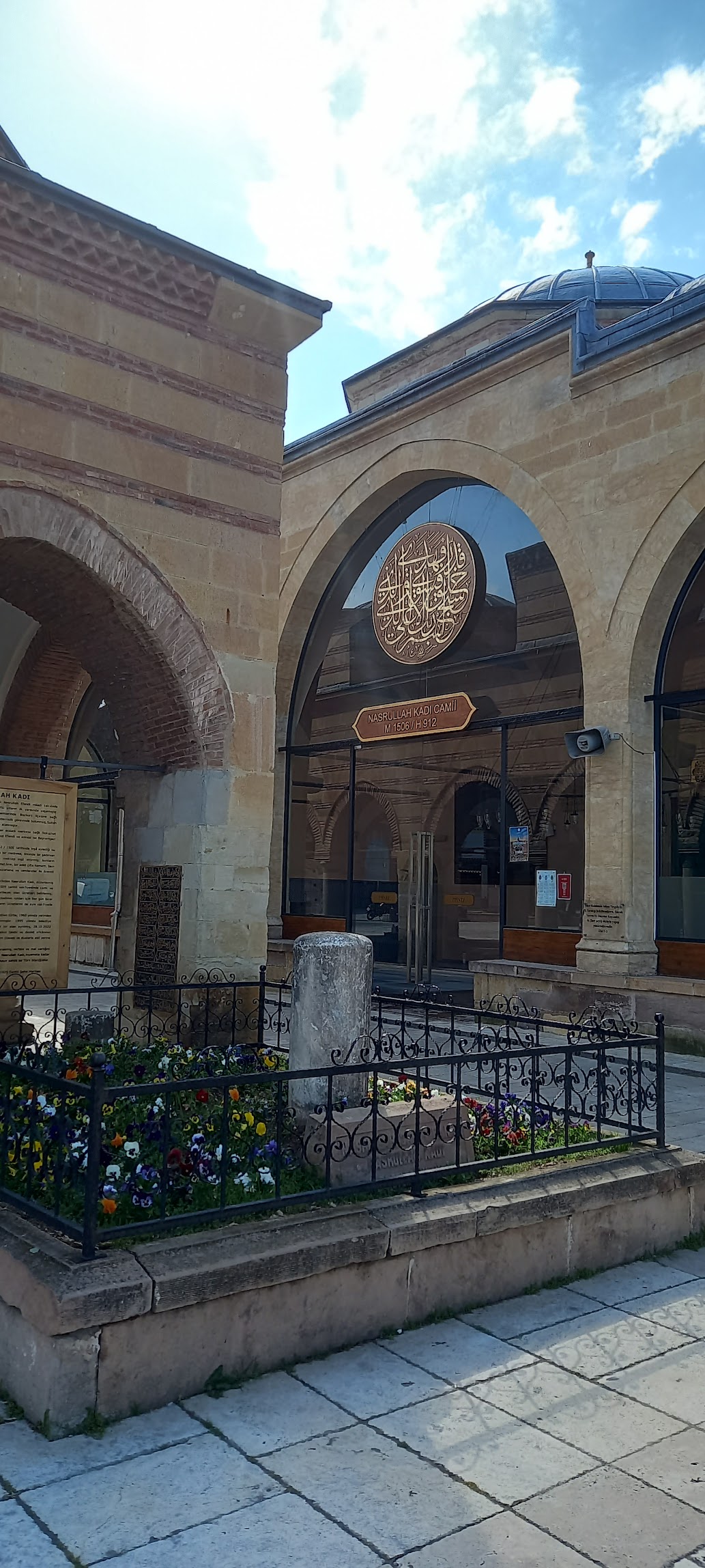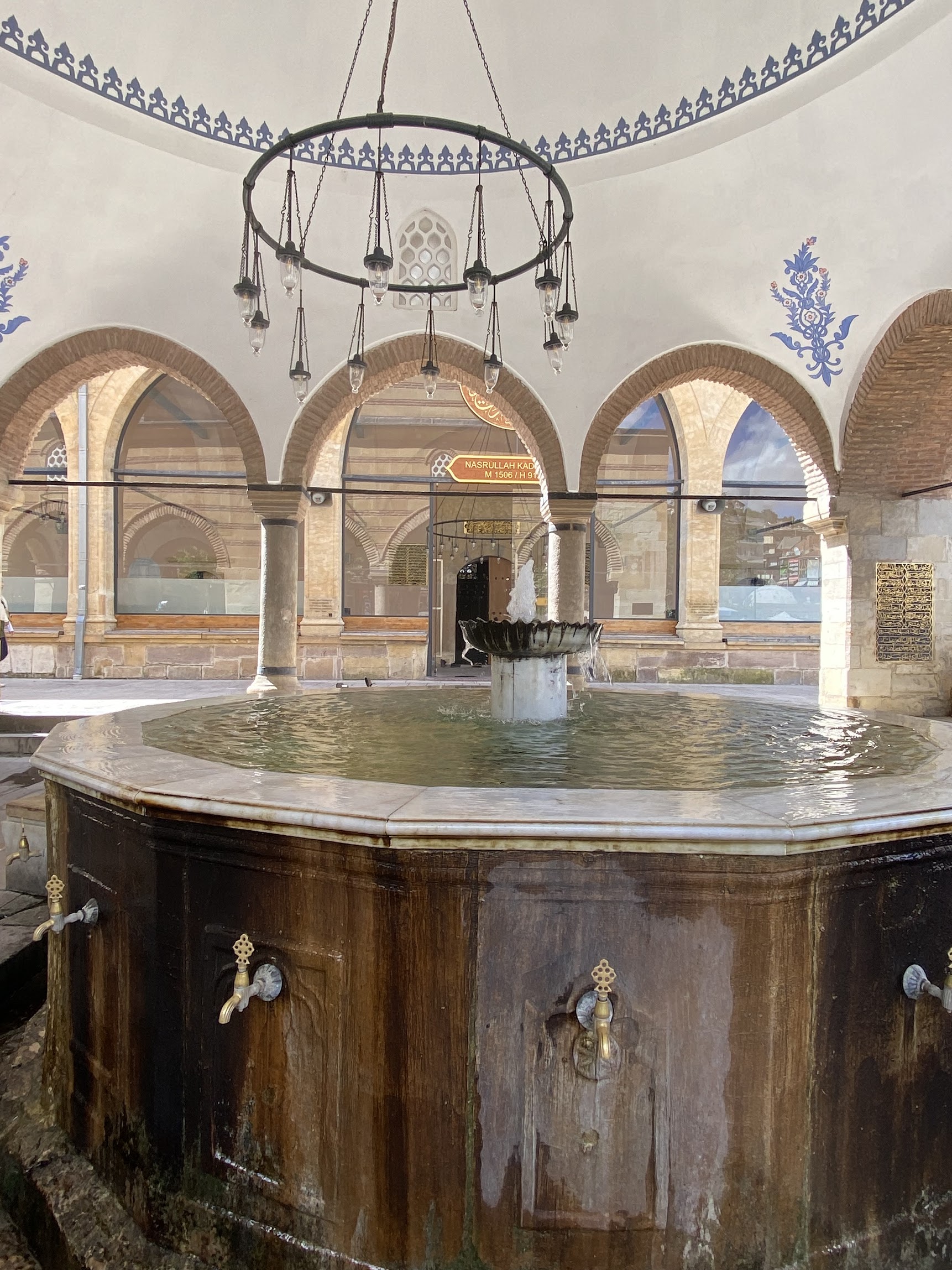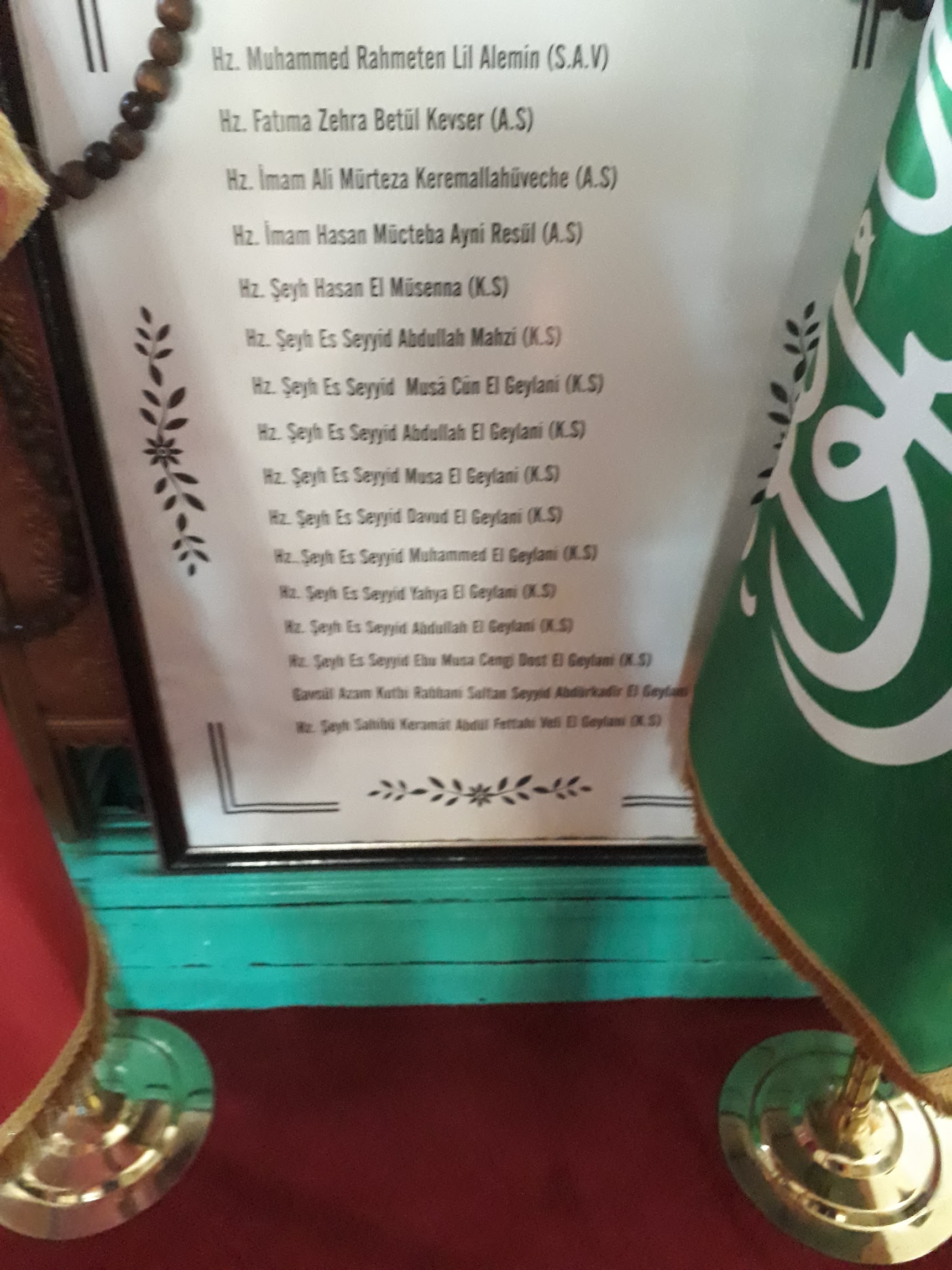It was built by Nasrullah Qadi between 912-1506. The social complex, which includes a mosque, madrasah, fountain and tomb, is owned by the Foundations Administration.
Mosque: It was built by Nasrullah judge between 912-1506. It was repaired and expanded by Reis’ül Küttap Hacı Mustafa Efendi in 1159-1746. During this time, a library and a madrasah were added. The mosque is still open for worship and is the central mosque of Kastamonu. During the War of Independence, the sermon given by M. Akif Ersoy in this mosque was distributed to the soldiers on the front and an attempt was made to raise their spirituality.
Münire Madrasa: It is one of the organs of Nasrullah Kadi Complex. The madrasa, which was built by Reis’ül Küttap Hacı Mustafa Efendi in 1159-1746, was repaired in 1224-1809, 1230-1814, 1259-1843 and 1279-1862. The madrasa, which served as the Foundations Student Dormitory for many years, was allocated to Kastamonu Governorship Special Provincial Administration Directorate and started to serve as a handicrafts bazaar. The madrasa, whose allocation was canceled in 2005, continues to serve as a handicraft market.
Numaniyye Madrasa: It was built by Cecelizade İbrahim Nurettin Efendi between 1100-1688. The name Numaniye comes from Kadiri or Naqshbandi Sect Sheikh Hodja Numan Efendi, who was a professor at the madrasah between 1250 and 1834. It was repaired by Ahmed Efendi, son of Müderris Çoruk zade Ali, in 1217-1802. It has been serving as Kastamonu Regional Directorate of Foundations Imaret since 08.12.1999. Tevfikiye Madrasah: It was built by Hatip Efendi zade Tevfik Efendi between 1240 and 1824. It was transferred and rented to a private company on the condition of repair and restoration. Restoration work is still continuing.
Nasrullah Fountain: It was built by the Nasrullah judge in 912-1506, during the first construction of the complex. It was repaired in 1129-1716. The fountain in its current form was built by a benefactor named Bedii in 1166/1752. Domes were built over the fountain by the same person in 1167-1863. It was repaired by Mustafa Bey, one of the sons of Izbeli, in 1279-1863. Ömer Kethüda also repaired it on an unknown date. The toilet, which is not in place today, was built at the same date as the fountain. It is proven with documents that it was repaired by Bedii.
Tomb: The founder of the mosque, Nasrullah Kadi, was buried at the northern end of the fountains when he died. In the place of the tomb, which was destroyed in the 1960s, a symbolic area was allocated and greened by the Municipality in 1995.



